Introduction
Mind
Meditation
Transcendental Meditation
Zen Meditation
Vipassana Meditation
Mantra Meditation
Mindfulness
Yoga Nidra
Guided Meditation
Visualization
Counseling
Couples Counseling
Career Counseling
Jungian Therapy
Divorce & Separation Counseling
Trauma Recovery Support
Archetypal Healing
Dreamwork
NeuroAffective Relational Model (NARM)
C-PTSD Trauma Therapy
Parts Therapy (Internal Family Systems)
Introspection
Hypnotherapy
Enneagram
Body
Massage
Swedish Massage
Hot Stone Massage
Deep Tissue Massage
Sports Massage
Trigger Point Massage
Reflexology
Shiatsu Massage
Thai Massage
Prenatal Massage
Active Release Therapy
Myofascial Release Therapy
Craniosacral Therapy
Biodynamic Massage Therapy
Bowen Technique
Lomilomi Massage Therapy
Dermal Friction Massage
Lymphatic Drainage
Movement
Qi Gong
Tai Chi
Dance
Feldenkrais Method
Alexander Technique
Yoga
Yin Yoga
Vinyasa Yoga
Hatha Yoga
Ashtanga Yoga
Prenatal Yoga
Dietary Therapy
Weight Loss
Herbology / Herbal Medicine / Botanical Medicine
Fasting
Holistic Nutritionist
Physical Body
Aromatherapy
Breathwork
Emotional Freedom Techniques (EFT)
Eye Reading
Palm Reading
Osteopathy
Chiropractic
Biofeedback
Applied Kinesiology
Aquatic Therapy
Colon Health
Holistic Medicine Practitioners
Ayurveda
Naturopathy
Acupuncture
Traditional Chinese medicine (TCM)
Doula
Shamanism
Integrative Medicine
Functional Medicine
Tibetan Medicine
Flower Essence Therapy
Homeopathy
Hoodoo
Creative Therapies
Music Therapy
Art Therapy
Sound
Sound Healing
Sound Bath
Vocal Awareness & Release
Somatic Experience
Hairstylist/Hair Ritual
Tea Ceremony
Ritual Tattooing
Spirit
Energy Work
Feng Shui
Reiki
Pranic Healing
Matrix Energetics
Chakra & Auras
The Tolomei Method
Crystal Healers
Quantum Healing
Color Therapy (Chromotherapy)
Brennan Healing Science®
Polarity Therapy
ThetaHealing™
Magnet Therapy
The Emotion Code & The Body Code
Space Cleansing
Core Energetics
Divination/Insight
Tarot
Numerology
Runes
I Ching
Human Design
Oracle Cards
Dowsing / Radiesthesia / Pendulum
Gene Keys
Astrology
Karmic Astrology
Evolutionary Astrology
Hindu Astrology/Indian Astrology
Tibetan Astrology
Healing Astrology
Astrology Education
Astrocartography
Horary Astrology
Intuitives
Psychics
Mediums
Akashic
Animal Mediums
Angel Channeling
Channeled Readings
Akashic Art
Medical Intuitive
Acts of Kindness
Cloud Watching
Love Poems
Forest Bathing (Shinrin-yoku)
Coaching
Manifestation
Spiritual Life Coaching
Equine-assisted therapy
Process Work
Deep Listening Coaching
Somatic Heartfulness
Grief Work
Ancestry
Birth & Ancestry Healing
Past Lives
Altar Building
Magic
Earth-Based Magick
Spellwork
Curse Breaking
Wicca / Witchcraft / Magick
Thelema
Druidic Magic
Santeria
Syncretic
Goetia / Theurgy
Sigil Magic
Kabbalah
Alchemy
Introduction
Welcome to Gentle Guide's ever evolving compendium of healing modalities.
Our goal is to reclaim the modalities, terms and concepts that are central to our mission of healing from the heated polemics which surround alternative and spiritual healing practices, and to reassess these traditions with open hearts and minds. We strive to offer a balanced, neutral perspective while allowing spirit to be present.
We've categorized practices into Mind, Body & Spirit with the understanding that each practice is interdisciplinary in nature. We hope to further foster connections betwixt them.
The vision of this growing body of knowledge is to cultivate a multimedia library to educate and empower ourselves and our communities.
If you have anything to add please email us at hi@gentle.guide. We would love to hear from you and collaborate.
🌼
Mind
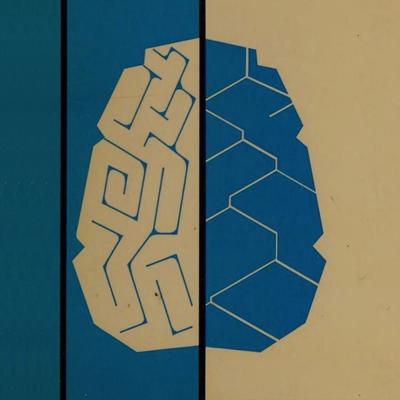
Our minds: our interior worlds of thought, our means of interpreting the world around us. Unlike our bodies, our minds are seemingly unchained to the physical world. They can reach backwards across time through the faculty of memory and forward into the future using our powers of prediction. They can picture far away places. They can conceive of the physical world from the smallest quantum realms to the grandest superstructures of the universe itself. They can be used to intuit the thoughts and feelings of other humans, other physical bodies, and through collaboration with the lungs, larynx, tongue, and mouth, to generate complex sounds to communicate with these other bodies.
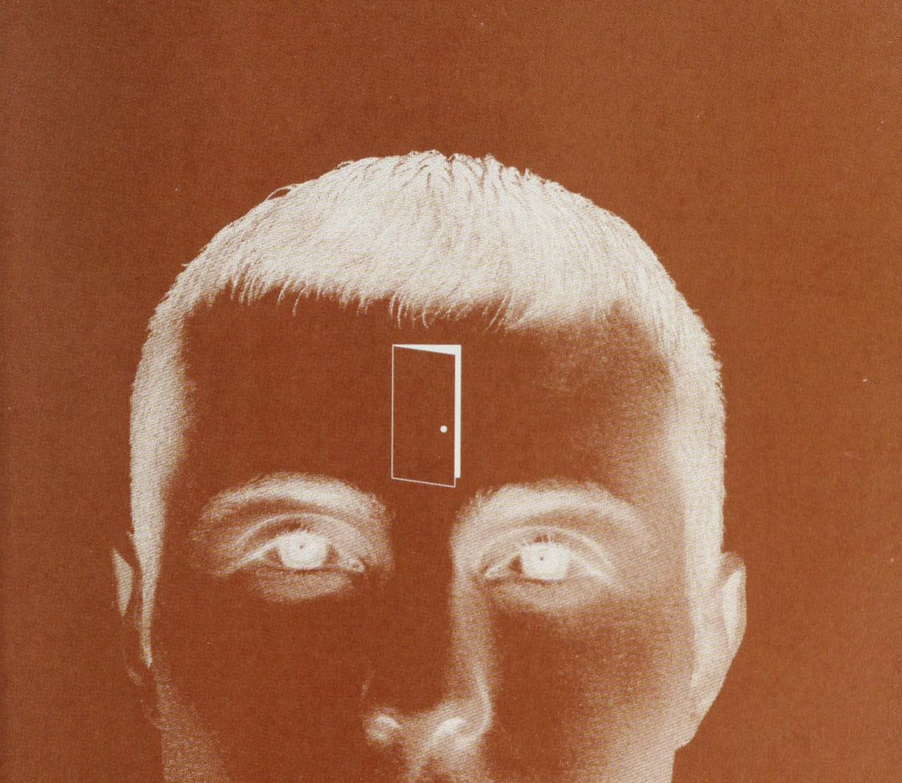
Like the body, the mind is an incredibly complex tool which requires attention and guidance. Just as it can be your most powerful tool, it can be your worst enemy. Many people suffer from problems with anxiety, depression, self-recrimination and feelings of isolation over the course of their lives. Engaging in mind-centered wellness practices like meditation, mindfulness, and hypnotherapy, among others, can help promote a healthy and balanced interior world.
Meditation
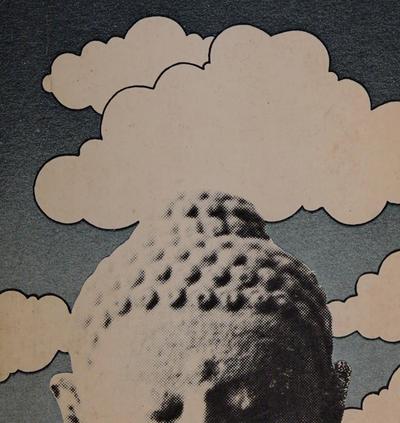
↳
Meditation is freedom from thought and a movement in the ecstasy of truth. Meditation is explosion of intelligence. — Jiddu Krishnamurti

Meditation is a concept which is at once so vast, rich, and varied, and simultaneously so fundamental to the human spiritual experience, that it defies easy categorical definition. At the most basic level, the term meditation refers to any practice which seeks to train the brain towards greater levels of clarity, focus, or insight. Traditionally, meditation has been practiced largely in the pursuit of religious and spiritual goals. More recently, however, various forms of meditation have been advocated as secular practices for improving emotional wellbeing and cognitive function (mindfulness).
Up until the mid 20th-century, meditation was largely associated with Eastern religions like Buddhism and Hinduism, although various types of prayer practiced in Christian denominations can be viewed as forms of meditation. During the 1960s, the west entered a period of infatuation with Indian culture fueled largely by the counterculture. Young people traveling the Hippie Trail came face to face with Indian culture and spirituality. Many famous musicians travelled to India to study with gurus, and some of these gurus ultimately came to the west to spread their spiritual teachings. They founded various spiritual traditions which are still practiced today, from Hare Krishna to Transcendental Meditation. Many of these traditions are heavily rooted in the practice of specific forms of meditation. This “Indiomania” was part of a broader pattern of popular interest in eastern spiritual systems which ultimately helped form the basis of New Age spirituality.
The practice of meditation itself is incredibly varied. In its most basic and widely understood form, meditation is practiced by sitting motionless in a quiet space with the eyes closed or unfocused and attempting to empty the mind of extraneous thoughts. This is often accomplished by focusing attention on the breath — for instance by counting the number of breaths (usually up to five or ten and then restarting at one), or by focusing on the physical sensation of the stomach or chest rising and falling. These are forms of focused meditation. Other forms of focused meditation involve concentrating on a single concept, such as love, or a story or parable (known as koans in Zen Meditation).
One of the most common forms of focused meditation is practiced with a mantra: a word or short phrase that is repeated continuously for the span of the meditation session. Mantras are sometimes practiced with the aid of prayer beads; each time the mantra is completed, the meditator advances a bead. Mantras and prayer beads can help focus the mind of the meditator and lessen unwanted exterior thoughts. The cyclical, repetitive nature of the mantra can also help induce a trance-like mental state beneficial in many forms of meditation. Transcendental Meditation is known for its use of mantras.
More advanced forms of focused meditation are found in a variety of religious traditions, particularly Tibetan Buddhism. Advanced Tibetan meditators cultivate extraordinary powers of visualization — for instance, simultaneously picturing hundreds of deities in complex regalia.
Aside from focused meditation, the other basic form of meditation is known as open monitoring. Open monitoring meditation practices resist focusing the mind’s attention on any particular subject or sensations, instead seeking to passively observe thoughts, emotions, and mental states as they emerge in the mind. The most widely known and practiced form of open monitoring meditation is referred to as mindfulness. Mindfulness meditation aims to bring the mind into the present moment. Unlike most forms of focused meditation, mindfulness can be practiced in almost any context, from walking to cooking to folding laundry. By bringing the mind completely into the present moment and resisting the urge to engage with distracting thoughts, substantial portions of each day can be reimagined as meditative practice.
In its traditional context in religions like Hinduism, Buddhism, and Jainism, meditation is practiced in the pursuit of nirvana: typically understood as liberation from samsara, the karmic cycle of rebirth. In the broader spiritual or secular world, meditation is practiced for a wide range of perceived emotional, psychological, cognitive, and physical benefits. Meditation is often believed to fight depression, anxiety, and neurotic thinking, promote emotional equilibrium and insight, improve focus and mental acuity, and promote a healthy body by encouraging relaxation and counteracting the physical effects of stress. Over the past several decades, a wide range of scientific studies have begun to corroborate many of these claims.
Transcendental Meditation

↳
↳
A style of silent mantra meditation developed by Maharishi Mahesh Yogi.
Zen Meditation
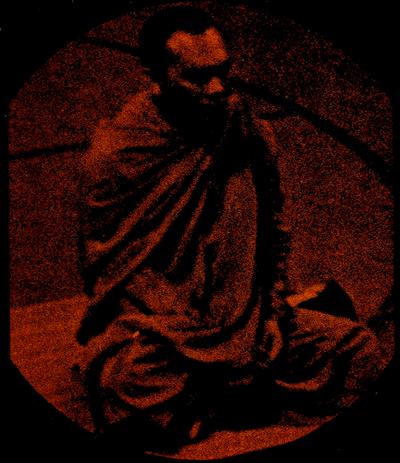
↳
↳
A collection of meditation techniques practiced by the Zen Buddhist schools of Japan.
Vipassana Meditation
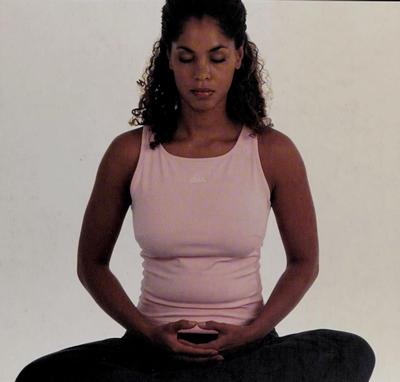
↳
↳
A form of insight meditation widely practiced by Buddhists in South East Asia.
Mantra Meditation
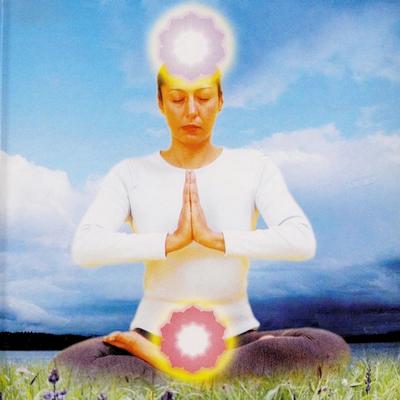
↳
↳
A range of meditation techniques centered around the repetition of a spiritually charged word or phrase.
Mindfulness
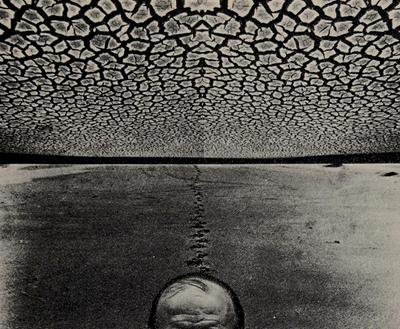
↳
↳
A range of practical, non-denominational meditation techniques intended to quiet the mind, focus attention on the present moment, and cultivate inner peace and tranquility.
Yoga Nidra

↳
↳
Yoga nidra (Sanskrit: योग निद्रा) or yogic sleep is a state of consciousness between waking and sleeping, typically induced by a guided meditation.
Guided Meditation
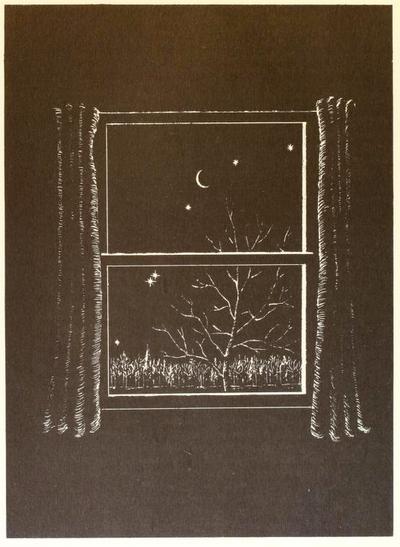
↳
↳
Auditory direction that guides one through various meditations.
Visualization
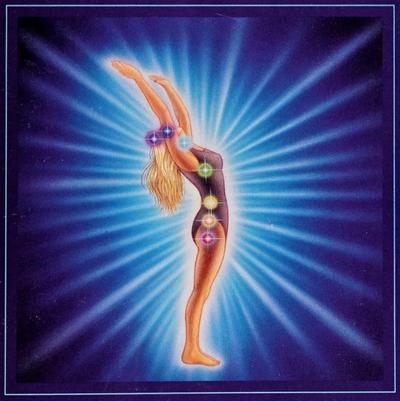
↳
↳
A technique of creating and cultivating visual images and experiences with your mind.
Counseling
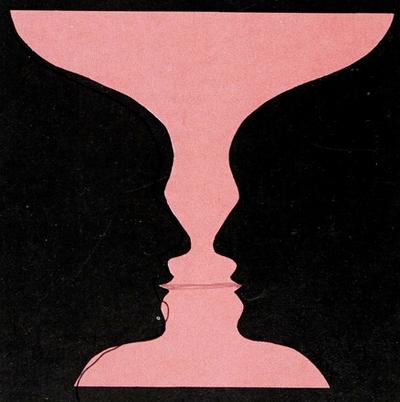
↳
A range of practices in which knowledgeable professionals seek to help people work through their problems verbally.
Couples Counseling
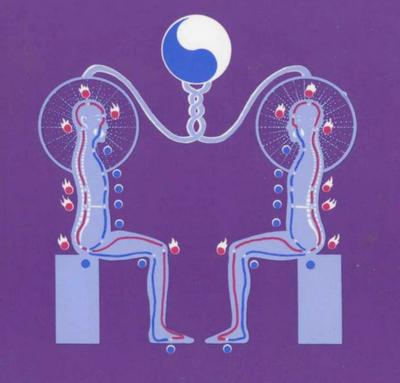
↳
↳
A range of therapeutic practices intended to help couples navigate interpersonal problems and improve the overall quality of their relationship.
Career Counseling
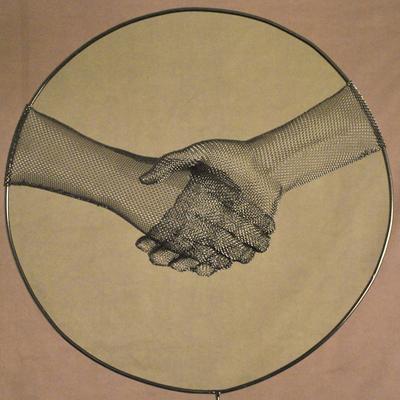
↳
↳
A type of therapy primarily concerned with helping people feel accomplished and fulfilled in their work life.
Jungian Therapy

↳
↳
A form of talk therapy devised by Carl Gustav Jung that unites the conscious and unconscious parts of the mind to bring balance and wholeness.
Divorce & Separation Counseling

↳
↳
A form of talk therapy to help couples navigate the process of divorce and separation.
Trauma Recovery Support
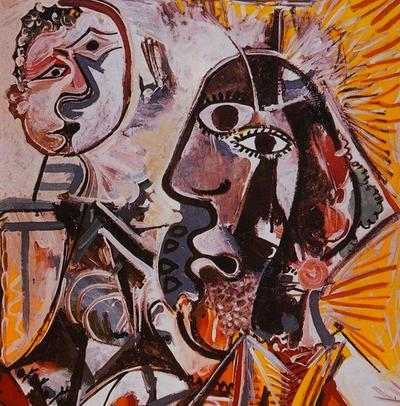
↳
↳
A therapeutic approach which seeks to help clients come to terms with the impact that trauma has had on their lives.
Archetypal Healing
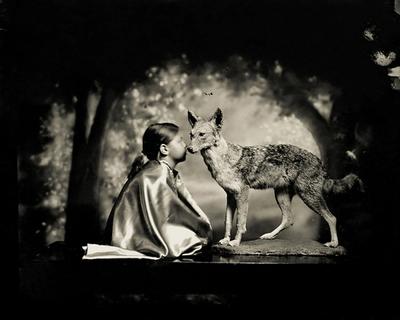
↳
↳
Archetypal healing is a form of psycho-spiritual care in which a practitioner helps terminally-ill patients achieve closure through relating their life story and engaging with its archetypes and symbolism.
Dreamwork

↳
↳
Dreamwork is an approach to dream interpretation which seeks to explore the meaning of individual dream symbols without attempting to define the overarching meaning of the dream itself.
NeuroAffective Relational Model (NARM)

↳
↳
The NeuroAffective Relational Model (NARM) is a therapeutic approach which employs a range of psychological and mindfulness techniques to help clients resolve trauma by identifying and connecting with their true selves
C-PTSD Trauma Therapy
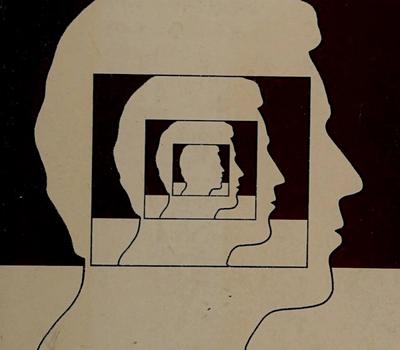
↳
↳
C-PTSD trauma therapy is a therapeutic approach specifically designed to help those suffering from complex post-traumatic stress disorder, an unusually intense form of PTSD.
Parts Therapy (Internal Family Systems)

↳
↳
Parts therapy, also called Internal Family Systems Therapy, is a form of psychotherapy which subdivides the client's overall personality into different sub-personalities or "families" to help gain new and unexpected insights into their mental framework.
Introspection
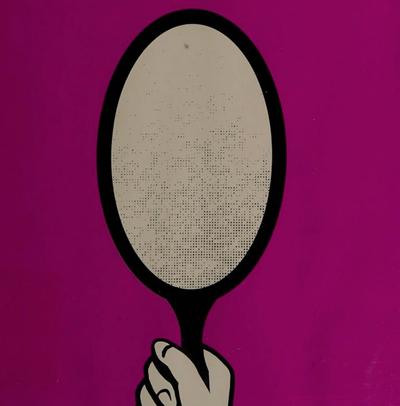
↳
Observation and examination of one's own mental and emotional processes.
Hypnotherapy

↳
↳
Hypnotherapy is a practice which uses the technique of hypnosis to achieve therapeutic results. Hypnosis is a trance-like state of enhanced relaxation and suggestibility which is externally produced in a subject by someone knowledgeable in techniques of induction — the hypnotizer. Hypnotherapy can be effective in a wide range of different applications, from modifying unwanted behaviors (resolving addiction issues, diminishing food cravings, etc.), to addressing fears and phobias, to lessening the effects of stress and promoting relaxation. It can also be used as an adjunct to other forms of therapy. In this context, hypnosis provides the hypnotic subject with increased access to distant and deeply buried memories — in some cases allowing them to "recover" potentially important repressed memories.

Franz Mesmer magnetizing a subject.
Hypnosis traces its roots back to the work of the 18th-century French physician Franz Mesmer (1734 - 1815), whose name gives us the word mesmerism, an archaic term for hypnosis. Mesmer had a unique philosophical interpretation of the nature of illness. He believed that health was the result of human life force flowing freely and unobstructed throughout thousands of channels running through the body, and that all physical and mental infirmities were caused by blockages and impediments to this flow. Mesmer called his theory “animal magnetism.” He believed that he was able to heal his patients by passing his hands over blockages in their bodies and restoring the flow of the “magnetic fluid.” In many ways, Mesmer’s system has more in common with modern energy healing techniques like Reiki than it does with hypnosis as currently practiced. It did, however, establish the basic working principle of all hypnosis: the induction of a deep trance-like state.
Later physicians tended to dismiss Mesmer’s theories regarding “magnetic fluid,” but remained deeply interested in the trance state achieved through mesmeric technique. Of particular note is the Scottish physician James Braid (1795-1860), who renamed the phenomenon "hypnosis" after the Greek god of sleep, and went on to author several books on the topic — comparing it to forms of yogic discipline from India. Through the efforts of promoters like Braid, hypnotism slowly began to disseminate through networks of medical specialists in America, Germany, and France.

James Braid, an early proponent of hypnotism.
In the late 19th-century Sigmund Freud studied hypnotism in Paris. He regarded the phenomenon as potentially integral to his nascent theory of psychoanalysis, although he eventually came to favor techniques like free association and dream interpretation. Over the course of the 20th-century, hypnosis entered the psychological mainstream through the work of figures like Milton Erickson, an American psychologist and psychiatrist who founded the American Society for Clinical Hypnosis and created a system of hypnotherapy called Ericksonian therapy.
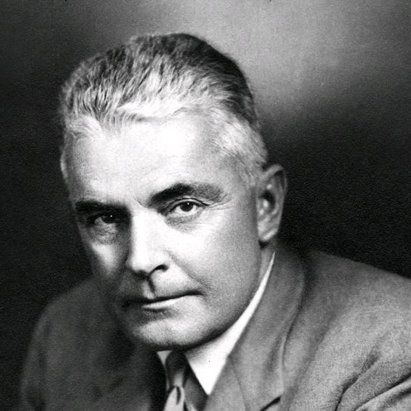
Milton Erickson, an early proponent of hypnotherapy.
Although psychologists had previously used hypnosis in the pursuit of therapeutic outcomes for their patients, this is the period in which hypnotherapy first attained its modern form. Erickson and other psychologists recognized in the extreme suggestibility of the hypnotic state an opportunity to help patients modify deeply entrenched negative behaviors which were resistant to treatment by traditional forms of talk therapy. It had been known for many years that occasionally subjects of hypnotism would “regress” to an adolescent state, with seemingly enhanced access to their memories of childhood. For all intents and purposes, subjects in a state of regression became themselves exactly as they were at the age to which they had regressed. Practitioners of hypnotherapy began to experiment with purposefully inducing regression in their subjects in order to explore their childhood psychology and gain insight into its role in forming their adult identities. In some cases, hypnotic subjects appeared to spontaneously recover lost or repressed memories of childhood trauma — often sexual abuse — which were widely supposed by psychologists to have been blocked from conscious memory as a coping mechanism. Early enthusiasm for this technique led to its widespread use in therapy. Memories recovered during hypnosis were in some cases even used as testimony in court cases, some of which resulted in the conviction of alleged abusers. In many instances these recovered memories were later demonstrated to be untrue. Unreliable recollections obtained during hypnosis are known as false memories. They are believed by some thinkers to be the result of leading questions on the part of the hypnotizer, as well as the difficulty of effectively distinguishing between memory and imagination in the hypnotic state. For these reasons, age regression and memory retrieval are controversial in the hypnotherapy community and should only be undertaken with experienced hypnotizers.
While hypnotherapy was gaining ground in psychological circles throughout the 20th-century, hypnotism was also entering popular consciousness through public demonstrations of stage hypnosis (in fact practiced since the early 19th-century), as well as through an increased prevelance in the use of hypnotism as a trope in popular fiction, from print to radio to television.

In practice, a hypnotherapy session begins with the hypnotizer using their voice — sometimes in conjunction with visual aids like a pendulum (or famously, a pocketwatch) — to induce a state of extremely deep relaxation in their subject. In this state the subject becomes hyper-suggestible. They will perform almost any action requested of them by the hypnotizer, who exerts complete authority and control over their will. (For this reason, a subject should only ever undertake hypnosis with a vetted practitioner whom they trust.) In the case of popular or stage hypnosis, the hypnotizer will use this authority to induce their subjects to perform strange or uncharacteristic actions — perhaps by convincing them that they are blind, or that there is an elephant standing in front of them, or that they are Britney Spears performing “Oops, I Did it Again” at the Grammys. In the case of hypnotherapy, the therapist uses their authority to help their clients overcome negative behaviors, for instance by convincing them they no longer crave drugs or alcohol or unhealthy foods, or that they have an intense desire to exercise and be physically active. These techniques rely on the theory of post-hypnotic suggestion, which holds that the commands of a hypnotist can continue to exert an effect on their subject even after the conclusion of a hypnosis session.
It is interesting to note that although hypnosis has been practiced in different forms for nearly 250 years there is still no scientific consensus regarding how or why it works. Some theorists argue that the hypnotic state involves a profound alteration of consciousness, while others claim that it is the result of a combination of our innate social desire to conform to expectations with elements of the placebo effect — i.e., that hypnotism essentially amounts to subconscious play-acting. Regardless, however, of how it works, hypnotherapists and their clients are often able to achieve profound and lasting therapeutic outcomes from their work together.
Suggested reading:
An Introduction to the Study of Animal Magnetism (1838). Baron Dupotet de Sennevoy.
My Voice Will Go with You: The Teaching Tales of Milton H. Erickson (1991). Ed. Sidney Rosen.
Tricks of the Mind (2007). Darren Brown.
The Art of Hypnotherapy (2010). C. Roy Hunter.
Hypnotherapy: Methods, Techniques and Philosophies of Freddy Jacquin (2018). Freddy H. Jacquin.
Enneagram
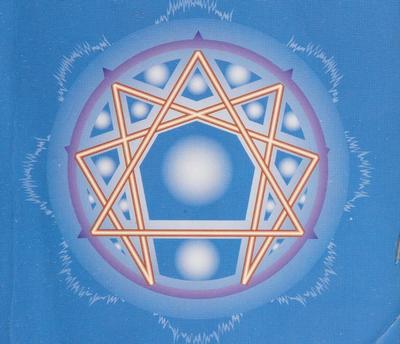
↳
↳
A model of the psyche consisting of nine interconnected personality types.
Body
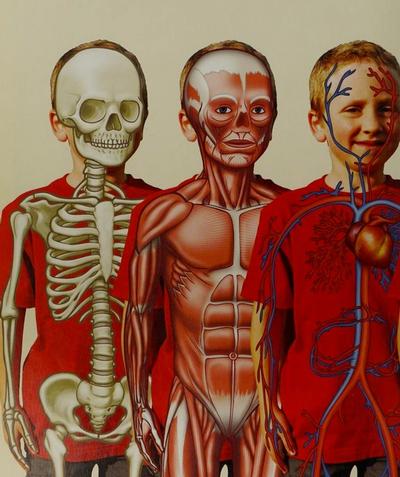
Our bodies: flesh, blood, tissue, sinew: a sublime organic machine animated by chemical and electrical signals originating in the central nervous system, particularly the brain. The complexity and capabilities of our bodies are nothing short of miraculous. Only through long acquaintance do we tend to take them for granted.

As the physical component of our being, the body benefits from care and upkeep. Take care of your body and it will take care of you. Exercise, healthy eating, and body-centered modalities can help you achieve holistic physical wellbeing.

Massage
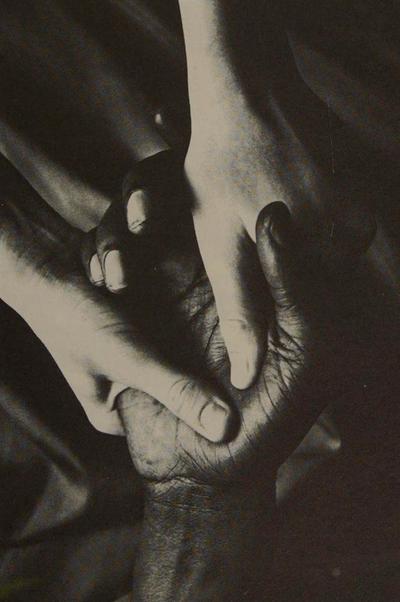
↳
A broad range of practices involving the physical manipulation of muscular tissue to relieve stress and promote relaxation.
Swedish Massage
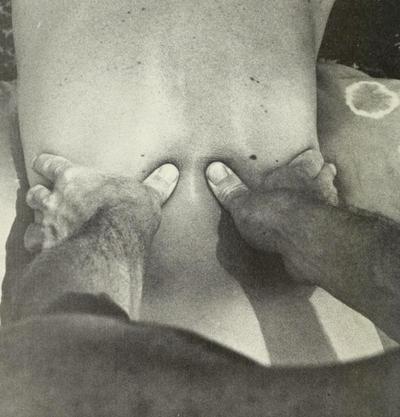
↳
↳
A form of massage focused on the use of soft kneading techniques to gently release tension from muscles.
Hot Stone Massage

↳
↳
A range of massage practices involving the direct application of hot stones to the skin.
Deep Tissue Massage
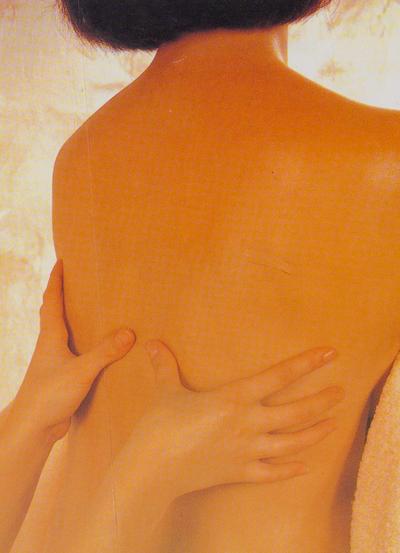
↳
↳
A form of massage focused on the use of strong, intense kneading techniques to produce maximum tension release throughout the muscular system.
Sports Massage

↳
↳
A range of massage techniques used to promote post-exercise recovery and prevent / treat sports-related injuries.
Trigger Point Massage
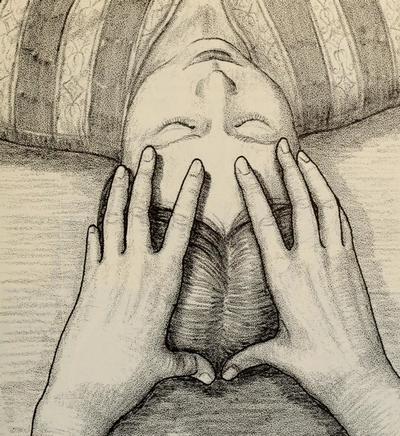
↳
↳
A type of massage focused on identifying and treating specific problem areas in the muscular system.
Reflexology
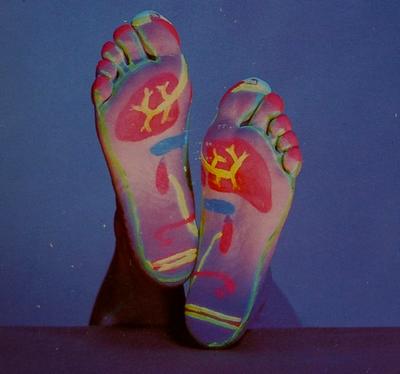
↳
↳
A system of massage techniques focused on applying varying degrees of pressure to different parts of the hands, feet, and ears.
Shiatsu Massage
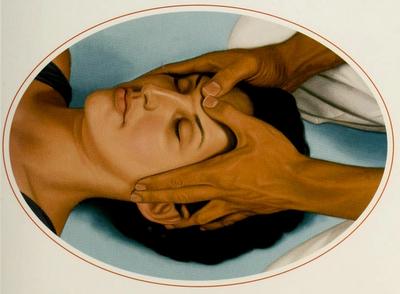
↳
↳
A form of Japanese massage based on concepts from Traditional Chinese Medicine.
Thai Massage
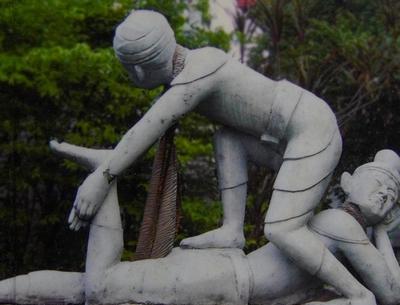
↳
↳
A form of massage combining acupressure techniques with assisted yoga postures.
Prenatal Massage

↳
↳
A range of massage practices geared towards the needs of pregnant women.
Active Release Therapy
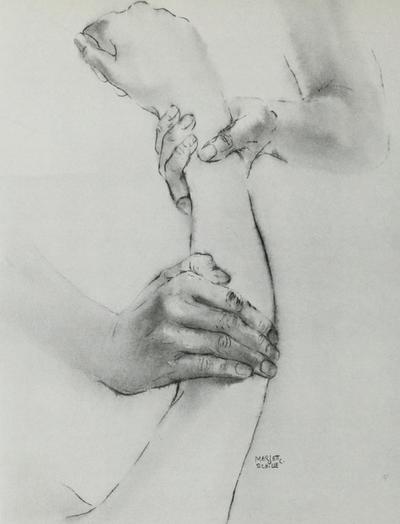
↳
↳
A massage modality that treats the muscular system by combining tissue manipulation with physical movement.
Myofascial Release Therapy
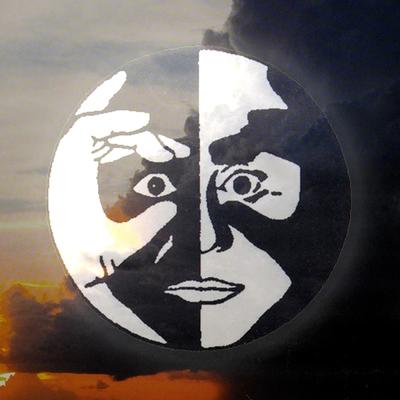
↳
↳
A massage technique which seeks to identify and treat specific problem areas in the muscular system to promote overall muscular health.
Craniosacral Therapy

↳
↳
A massage practice which uses gentle manipulation of the bones in the skull, spine, and pelvis, to balance and optimize the flow of cerebrospinal fluid throughout the central nervous system.
Biodynamic Massage Therapy
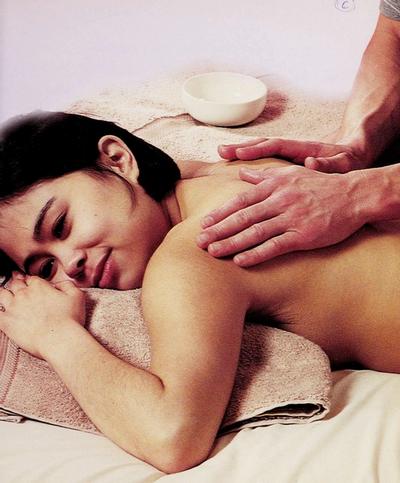
↳
↳
A holistic massage practice which seeks to bring clients into a closer understanding of their bodies through massage and other techniques.
Bowen Technique
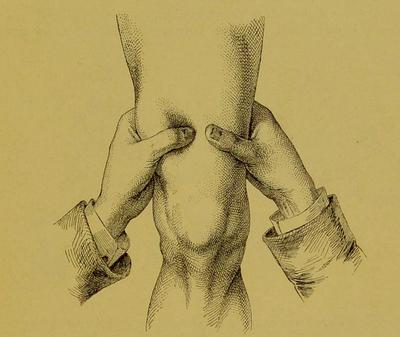
↳
↳
A form of massage which focuses on stretching the fascia — the soft tissue that covers muscles and organs — to promote pain relief.
Lomilomi Massage Therapy
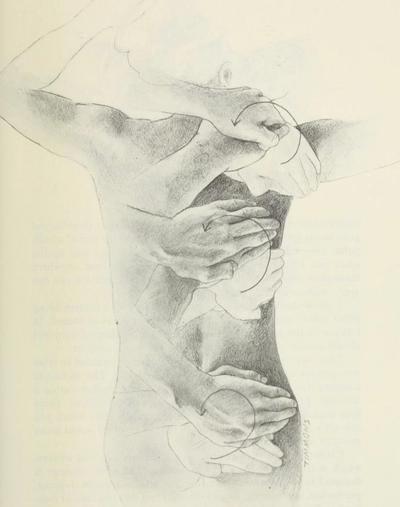
↳
↳
Traditional Hawaiian massage incorporating gentle, long sweeping strokes.
Dermal Friction Massage
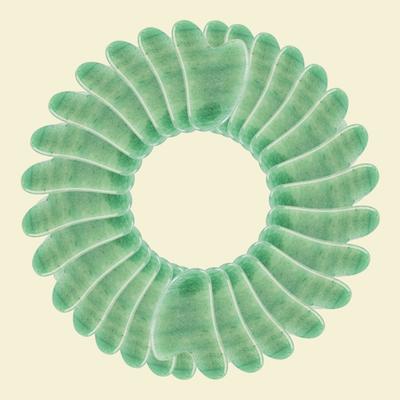
↳
↳
A massage technique which aims to increase circulation and release tension, particularly around joints and in areas where there are adhesions within the muscles or tendons.
Lymphatic Drainage

↳
↳
A type of gentle massage that promotoes movement of lymph fluids around the body.
Movement

↳
Practices and systems which achieve their goals primarily through physical movement.
Qi Gong
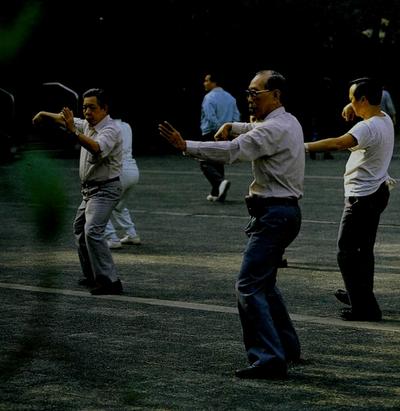
↳
↳
An ancient Chinese system combining set body postures and breath control to promote general health and wellbeing.
Tai Chi
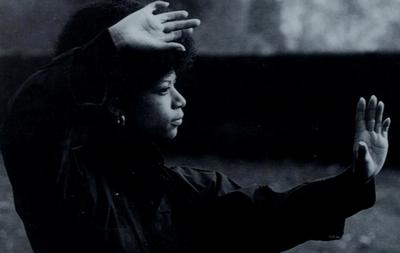
↳
↳
A moving meditation of slow, gentle motions designed to benefit the body, mind and spirit.
Dance

↳
↳
A diverse range of practices in which humans express themselves through physical movement.
Feldenkrais Method
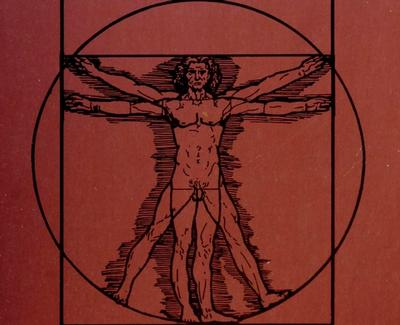
↳
↳
Developed by Dr. Moshe Feldenkrais, the Feldenkrais Method® uses gentle, mindful movement to bring new awareness into every aspect of life.
Alexander Technique
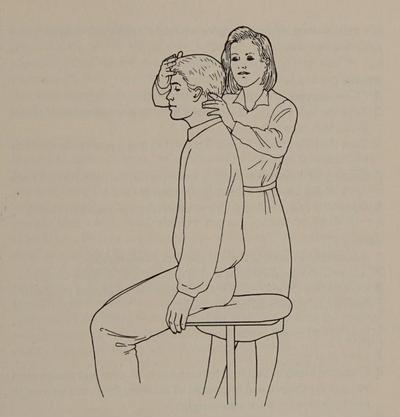
↳
↳
A therapeutic practice which seeks to relieve pain and promote overall health by improving posture and teaching economy and efficiency of movement.
Yoga

↳
A broad range of practices focused on mindfully moving the body through various poses (asanas) to promote the health of mind, body, & spirit.
Yin Yoga

↳
↳
A slow, mindful practice of Yoga, Yin Yoga asanas are held for long periods of time and interweave principles of traditional Chinese medicine.
Vinyasa Yoga
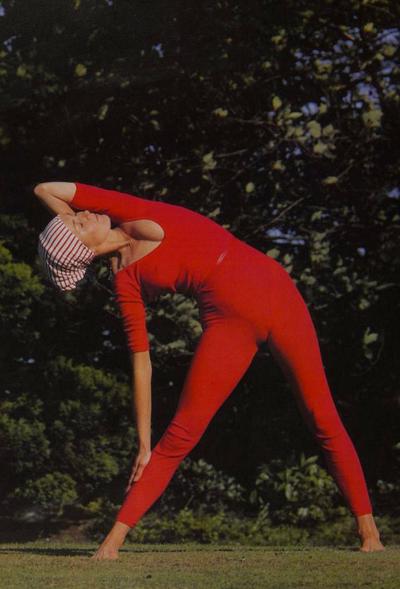
↳
↳
Vinyasa is a style of yoga that utilizes the breath and mindful movement to smoothly fuse one asana pose to the next.
Hatha Yoga

↳
↳
The most common and essential form of yoga, hatha yoga is the root from which other yoga systems have developed.
Ashtanga Yoga
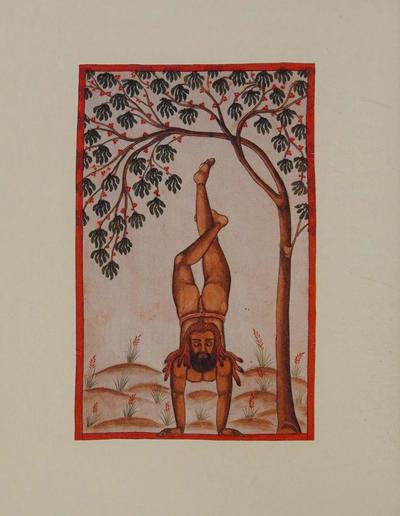
↳
↳
Ashtanga Vinyasa Yoga is a style of yoga as exercise created by K. Pattabhi Jois during the 20th century. The style is energetic, synchronizing breath with movements. The individual poses (asanas) are linked by flowing movements (vinyasas).
Prenatal Yoga
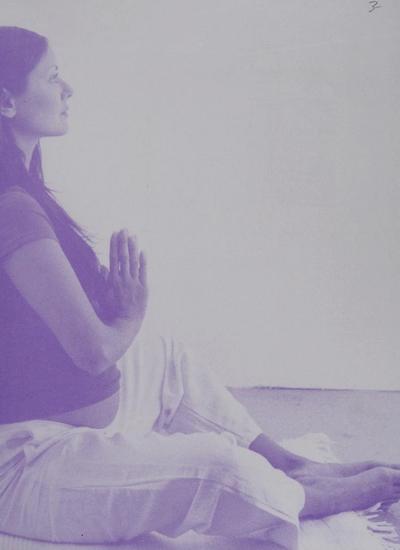
↳
↳
Prenatal yoga focuses on positions that are specifically chosen for pregnant women’s bodies.
Dietary Therapy

↳
A therapeutic approach which treats food as a form of medicine, and seeks to address physical and mental issues through changes to diet.
Weight Loss
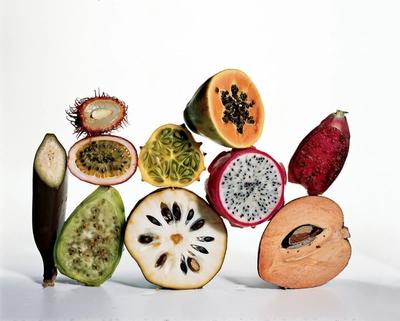
↳
↳
Holistic methods of healthy eating and weight loss.
Herbology / Herbal Medicine / Botanical Medicine

↳
↳
A diverse range of practices which use medicinal plants and extracts to promote health and treat disease.
Fasting

↳
↳
Practices involving the controlled cessation of food intake for health and spiritual purposes.
Holistic Nutritionist
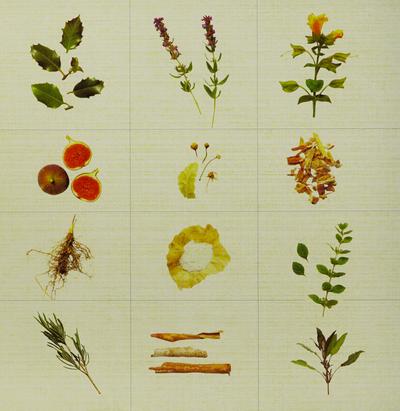
↳
↳
An approach to nutrition which takes into account factors such as the emotional, spiritual, and environmental context of the subject, as well as other considerations not normally considered by traditional nutritionists.
Physical Body
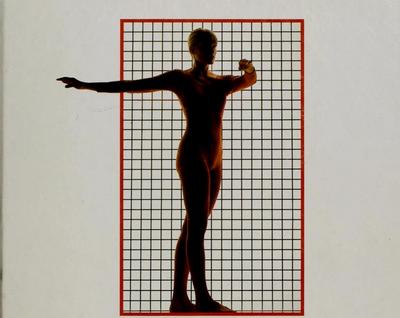
↳
Modalities that focus on improving the body.
Aromatherapy

↳
↳
The use of scents and aromas to produce a variety of physiological and mental effects.
Breathwork

↳
↳
Techniques based around the conscious control of the breath to achieve a variety of effects.
Emotional Freedom Techniques (EFT)

↳
↳
The practice of tapping on meridians for a variety of desired effects.
Eye Reading
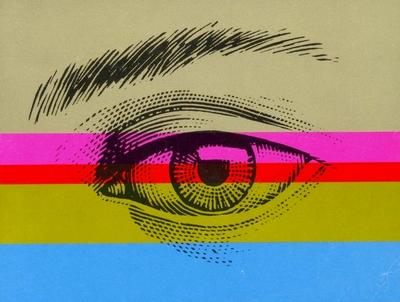
↳
↳
Windows to the soul, the eyes reveal much about a person.
Palm Reading

↳
↳
A range of practices which seek to reveal an individual’s character and divine aspects of their future by inspecting the physical attributes of their hand.
Osteopathy

↳
↳
A branch of medical practice that emphasizes the treatment of medical disorders through the manipulation and massage of bones, joints, and muscles.
Chiropractic
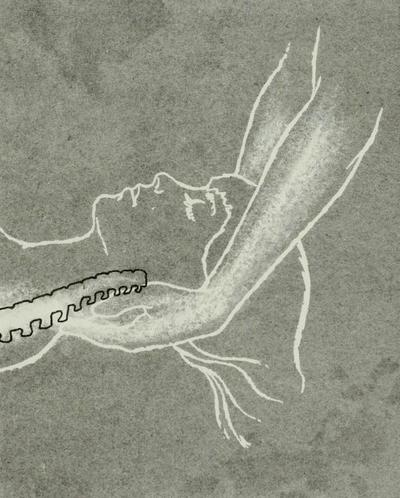
↳
↳
A system of integrative medicine based on the diagnosis and manipulative treatment of misalignments of the joints, especially those of the spinal column.
Biofeedback

↳
↳
A variety of practices which seek to help individuals achieve conscious control of autonomic physiological processes.
Applied Kinesiology
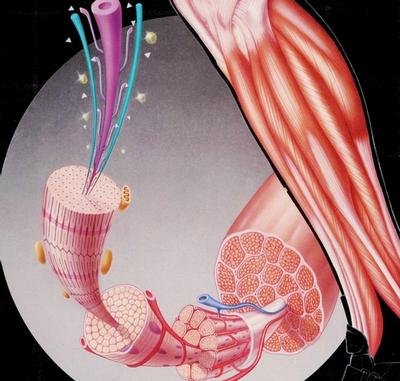
↳
↳
A method of testing muscles for strength and weakness.
Aquatic Therapy

↳
↳
Water-based treatments or exercises with therapeutic intent.
Colon Health
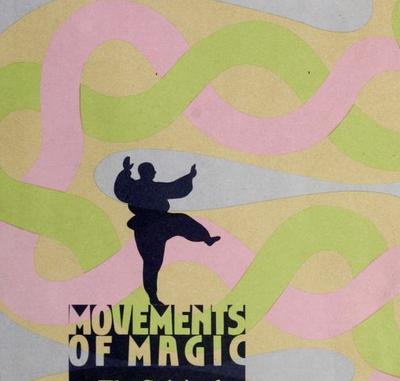
↳
↳
Removal of toxins from the colon and intestinal tract by cleaning out accumulations of feces.
Holistic Medicine Practitioners
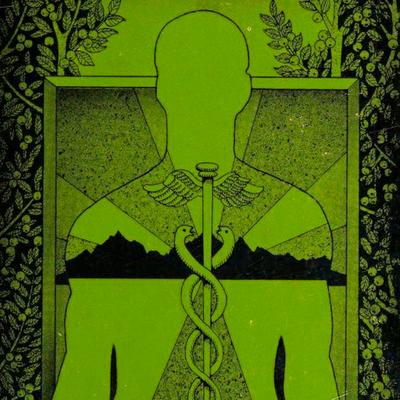
↳
Practitioners that view health holistically.
Ayurveda

↳
↳
Developed more than 3,000 years ago in India, Ayurveda was founded on the belief that health and wellness depend on a delicate balance between the mind, body, and spirit.
Naturopathy
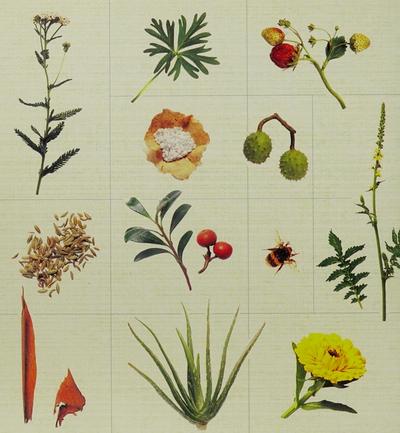
↳
↳
A system that tackles diseases without the use of drugs, by techniques such as control of diet, exercise, and massage.
Acupuncture

↳
↳
Developed in China over 3000 years ago, Acupuncture involves the insertion of thin needles through your skin at energetic points on your body to treat pain, promote overall wellness, and stress management.
Traditional Chinese medicine (TCM)
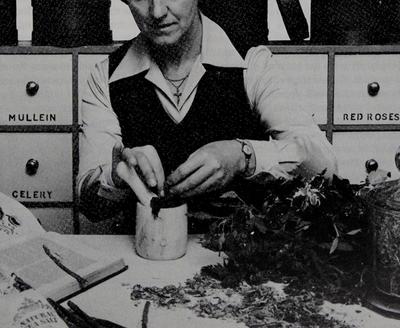
↳
↳
Said to be based on more than 3,500 years of Chinese medical practice that includes various forms of herbal medicine, acupuncture, cupping therapy, gua sha, massage (tui na), exercise (qigong), and dietary therapy.
Doula

↳
↳
A trained companion who supports another through a significant health-related experience, such as childbirth, miscarriage, induced abortion or stillbirth, or non-reproductive experiences such as dying.
Shamanism

↳
↳
A practitioner who interacts with the spirit world through altered states of consciousness, with the goal to direct these spirits or spiritual energies into the physical world, for healing.
Integrative Medicine

↳
↳
A model of healthcare in which conventional medicine is integrated with non-conventional or alternative modalities.
Functional Medicine
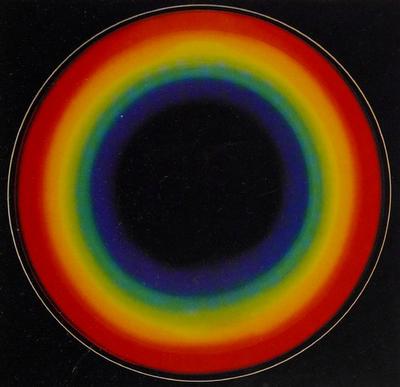
↳
↳
A personalized and integrative approach to healthcare which involves understanding the prevention, management and root causes of complex chronic disease. Functional medicine has taken from all the models discussed and offers the most comprehensive and effective approach to healthcare in the 21st century.
Tibetan Medicine

↳
↳
Tibetan medicine seeks to understand the complex relationship between mind, body, and environment, and while the mind is the source of suffering it can also be the source of peace.
Flower Essence Therapy

↳
↳
A practice which harnesses the healing properties of flowers through the use of specially prepared liquid essences.
Homeopathy
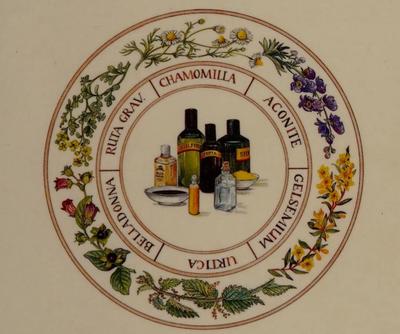
↳
↳
An alternative medical practice focused around the use of remedies specially prepared through a process called homeopathic dilution.
Hoodoo

↳
↳
A diverse and syncretic range of spiritual practices ultimately descended from African traditions carried to the Americas by captured slaves. Practiced in the gulf states and parts of the Caribbean.
Creative Therapies
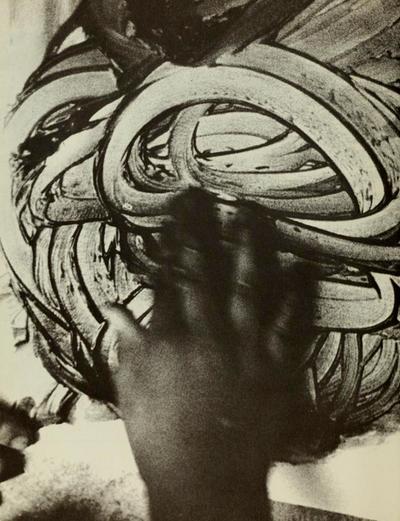
↳
Creative techniques for supporting growth, self-expression and healing.
Music Therapy

↳
↳
Use of musical interventions to improve clients' quality of life — physical, emotional, mental, social, aesthetic, and spiritual — throughout cognitive, motor, emotional, communicative, social, sensory, and educational domains by using both active and receptive music experiences.
Art Therapy

↳
↳
The use of creative techniques such as drawing, painting, collage, coloring, or sculpting to help people express themselves artistically and examine the psychological and emotional undertones in their art.
Sound

↳
Utilizing music and sound to improve physical and emotional health.
Sound Healing
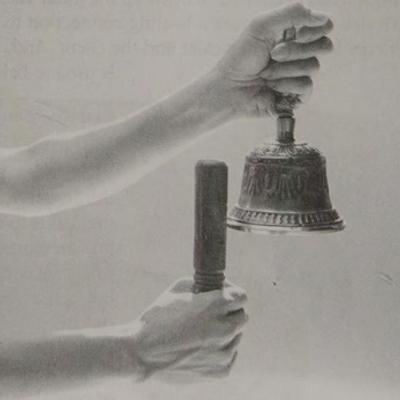
↳
↳
Utilizing music and sound to improve physical and emotional health.
Sound Bath

↳
↳
Utilizing music and sound to improve physical and emotional health.
Vocal Awareness & Release
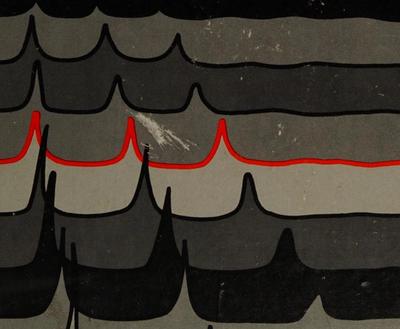
↳
↳
A coaching technique which focuses on refining vocal delivery to find an individual's most authentic voice.
Somatic Experience

↳
Experiences that engage one or all of the fives senses — sight, hearing, smell, taste and touch.
Hairstylist/Hair Ritual

↳
↳
Hairstylists who incorporate spiritual aspects & rituals into their practice.
Tea Ceremony
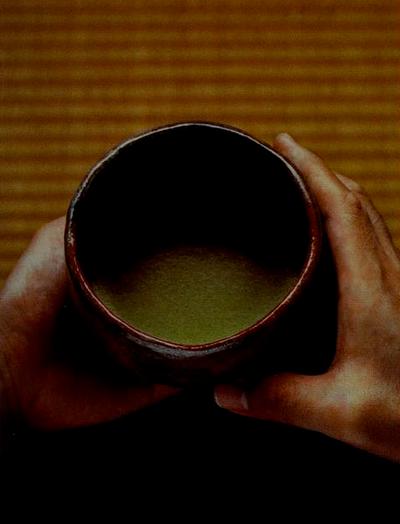
↳
↳
Mindful preparation and consumption of tea.
Ritual Tattooing

↳
↳
The ritualized application of tattoos for non-aesthetic reasons -- typically spiritual in nature.
Spirit
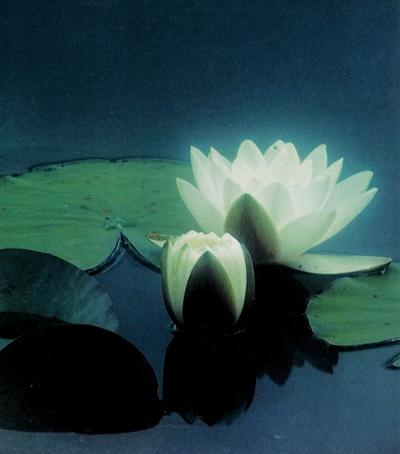
Just what is spirit anyway? Is it the vital spark that animates us as beings? The ineffable qualities of our character that make us ourselves? Does it refer to some deeper aspect of our being which resists definition?
Our word spirit comes from the Latin word for breath, spiritus (spirare — to breath). Spiritus itself derives from the Indo-European (s)peis, “to blow.” In fact, all five posited Indo-European words for breath and breathing have formed the basis for terms with spiritual connotations: Pneu into pneuma, one of the Greek words for soul; An(ə) into anima, the latin word for soul and the root of our word animate; Bhes into the Greek psyche (soul / mind) and thus into our words psychedelic and psychology; Ēt-mén into the Sanskrit (and Hindi) term atman, which describes a person’s innermost essence, their true self.
In some sense, we are our breath. When it leaves us, only our bodies remain — inert, mere matter. It is easy to imagine our ancient ancestors thousands, even millions of years ago, witnessing the last breath of a dying loved one drift up into the sky and seeing in it the essence of that person departing this plane forever.
In spite of the primacy of spirit in our lives, western culture is hyper focused on physical and mental achievements. We go to the gym, eat healthy, do sudoku puzzles, read boring non-fiction books that we pretend to like, but often neglect to work on ourselves as spiritual and emotional beings. This is a mistake. Spiritual wellness is critical to holistic wellness.
My colleagues thought I was an embarrassment because I was talking about mind, body, spirit. So I was called a quack. I was called a fraud, which I initially resented, but then I got used to it. — Deepak Chopra

Just as spirit is ineffable and personal to each of us, so our work with it can take many different forms. You can start anywhere. Try working with a Spiritual Life Coach. Do some readings with a psychic. Get some energy work done by a reiki practitioner. There are as many ways to develop your spiritual self as there are ways to develop your physical or mental capacities — more, in fact. Whichever practices you follow, remember that a balanced approach to self-improvement is the surest path to health and wellbeing.
Energy Work
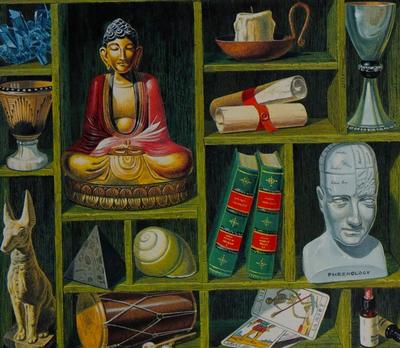
↳
A trifecta of client, practitioner and spirit coming together to heal through energetic methods.
Feng Shui
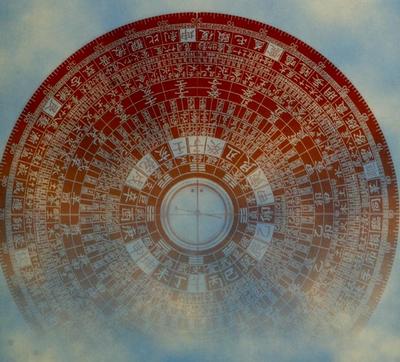
↳
↳
Also known as Chinese geomancy, Feng Shui employs energy forces to harmonize individuals with their surrounding environment.
Reiki

↳
↳
Reiki 霊気 is a system of energy healing developed in the early 20th century by Mikao Usui. A compound of the words rei (霊: "universal") and ki (気: "life force"), Reiki is a practice which channels universal energy to catalyze healing through the laying on of hands and use of symbols.
During a session, a Reiki practitioner places their hands on or above parts of the seeker’s body to stimulate its natural healing abilities.

Mikao Usui was born August 15, 1865 in the village of Taniai in the Yamagata district of Gifu prefecture, which is located near Nagoya, Japan. Usui was passitionaly interested in spiritual teachings and traveled to Europe, China and the United States to learn about different systems.
After his travels, Usui returned to Japan to teach. One day a student asked him how mystic sages were able to heal with their hands. Usui realized that while he could answer the student on a theoretical level, the physical practice of laying on hands had been lost to the ages. In February of 1922, Usui went to Kurama yama, a sacred mountain north of Kyoto to fast and meditate in an attempt to gain insight into this lost art. At midnight of the twenty-first day, Usui records that a powerful light suddenly entered his mind through the top of his head and the entire healing system of Reiki revealed itself to him. After this revelation, Usui set up shop in Tokyo and began practicing Reiki and training practitioners.
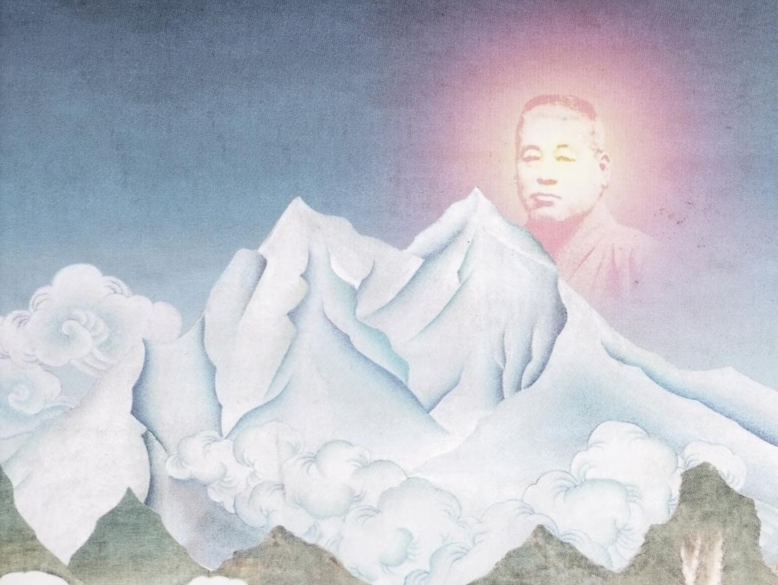
Reiki made the jump to the United States by way of Hawayo Takata from Hawaii. Hawayo, who was about to undergo surgery in the States for tumor and gallstone issues, decided to go to Japan to try Reiki as an alternative. After four sessions of treatment Takata experienced total remission of her symptoms and determined to learn how to practice Reiki herself. Although Usui’s successors initially resisted teaching Takata, she eventually became a practitioner and ultimately the bearer of the Reiki lineage, bringing the art to the United States in 1937.

Today, numerous forms of Reiki are practiced around the world. A conservative form is practiced by the Usui Lineage, while various smaller offshoots have appeared over time, including Holy Fire Reiki, Karuna Reiki and Diane Stein’s interpretation.
Recently, scientific studies have begun to corroborate many of the claims of Reiki.
One of which was conducted by the New York Presbyterian Hospital/Columbia University Campus conducted research into Reiki to determine the effectiveness of Reiki treatments on the autonomic nervous system, which is the part of the nervous system responsible for control of the bodily functions which are not consciously controlled, such as breathing, heartbeat, and the digestive processes.
This “blind, random study” included a Reiki treatment group, a “sham” treatment group and a “control” group. The results within the Reiki treatment group showed a lowering of the heart rate, respiration and blood pressure, further proving the Reiki research that Reiki is a sound medical healing technique.
It’s this same hospital/University which was one of the first hospitals to offer Reiki as part of their Integrative Medicine Program. Dr. Mehmet Oz, who has now become a world famous cardiovascular surgeon as a result, brought a great deal of attention to Reiki when he invited Reiki practitioners to channel Reiki energy to open heart surgery patients and heart transplant operations.
To read more on these studies please visit: Reiki Scientific Research

Beyond controlled laboratory work it is a common understanding among practitioners and clients that Reiki works on all levels of the body as a holistic healing practice. For example, if a patient has a headache connected to their intestines, the Rieki energy would go to both areas and also work on healing their emotional body if needed. Taking an aspirin may relieve the pain but won’t get to the source of the issue. We could line up a whole list of benefits from Reiki but we recommend anyone interested book a session and feel its results for themselves.
Pranic Healing

↳
↳
Pranic Healing is a no-touch energy healing system that uses the ancient Vedic concept of Prana to distribute energy flow throughout the body.
Matrix Energetics
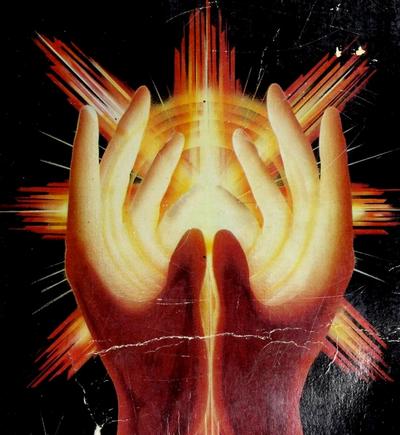
↳
↳
An energy healing modality which seeks to balance the energetic fields surrounding and filling the physical body.
Chakra & Auras
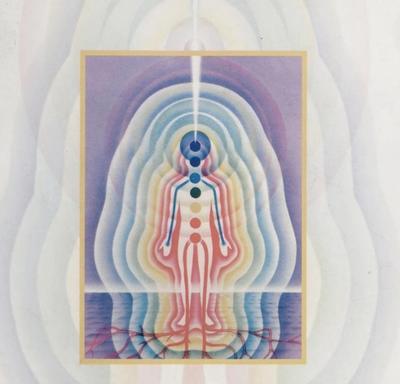
↳
↳
Re-balancing, clearing and energizing the energetic centers of the body.
The Tolomei Method

↳
↳
‘The Tolomei Method' is a complete diagnostic tool and healing technique that safely and efficiently clears the energetic interference that often tampers with health, joy and spiritual and emotional freedom.’
Crystal Healers

↳
↳
Crystals have enraptured us as humans since time immemorial. Visualize yourself thousands of years ago without the myriad sparkling objects we interact with on a daily basis: televisions, cellphones, cars, lights, etc. Once you’ve positioned yourself in that mindset, imagine how exciting it would be to interact with an ethereal crystal, an object perfected by nature — a shiny chunk of magic.
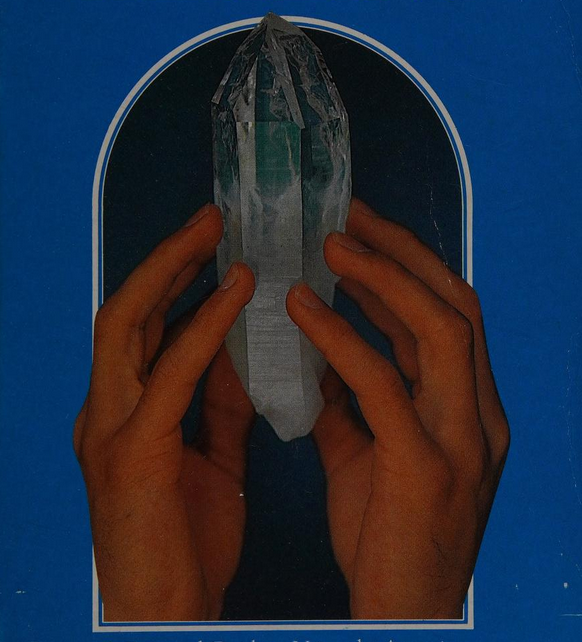
The ancient Sumerians (4500 – 1900 BCE), the oldest civilization from which writings survive, included crystals like Lapis Lazuli and Serpentine in various magical healing formulas and as inlays in their art. The Egyptians etched turquoise talismans with figures of scarabs and gods, medieval kings adorned with crowns with precious stones and the Chinese highly valued jade before 3000 BCE.
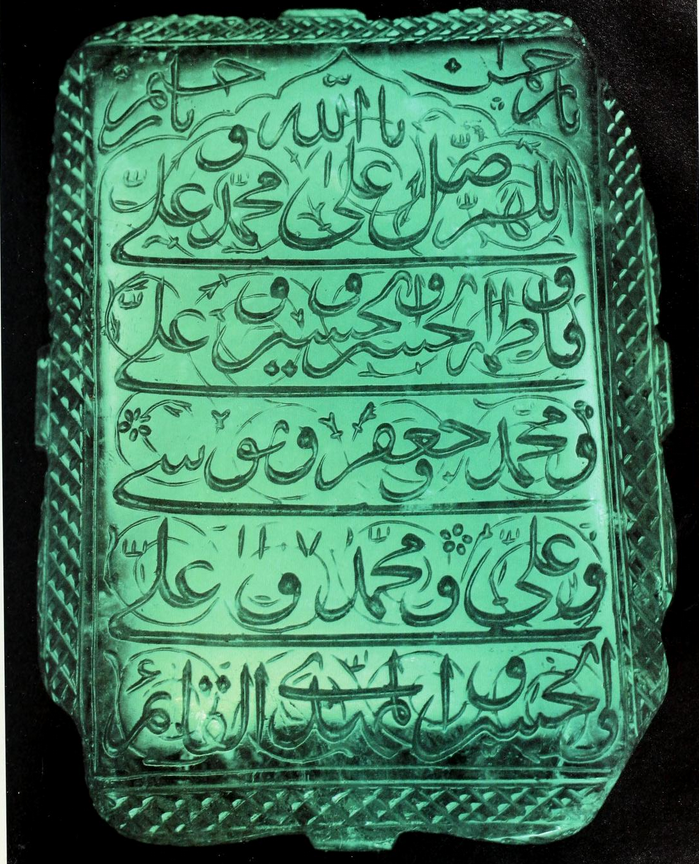
The endurance of the otherworldly enhancement of crystals is evidenced by shamanic folklore across the globe, where scholars “have seen that rock crystals--in close relation to the Rainbow-Serpent--bestow power to rise to the sky. Elsewhere, the same stones bestow the power to fly-as for example, in an American myth recorded by Boas, in which a young man climbing a shining mountain, becomes covered with rock crystals and immediately begins to fly… In further connection with [rock crystals] we must also mention the motif of crystal mountains or palaces that heroes come upon in their mythical adventures, a motif that has also been preserved in European folklore.” (Mircea Eliade, Shamanism: Archaic Techniques of Ecstasy)
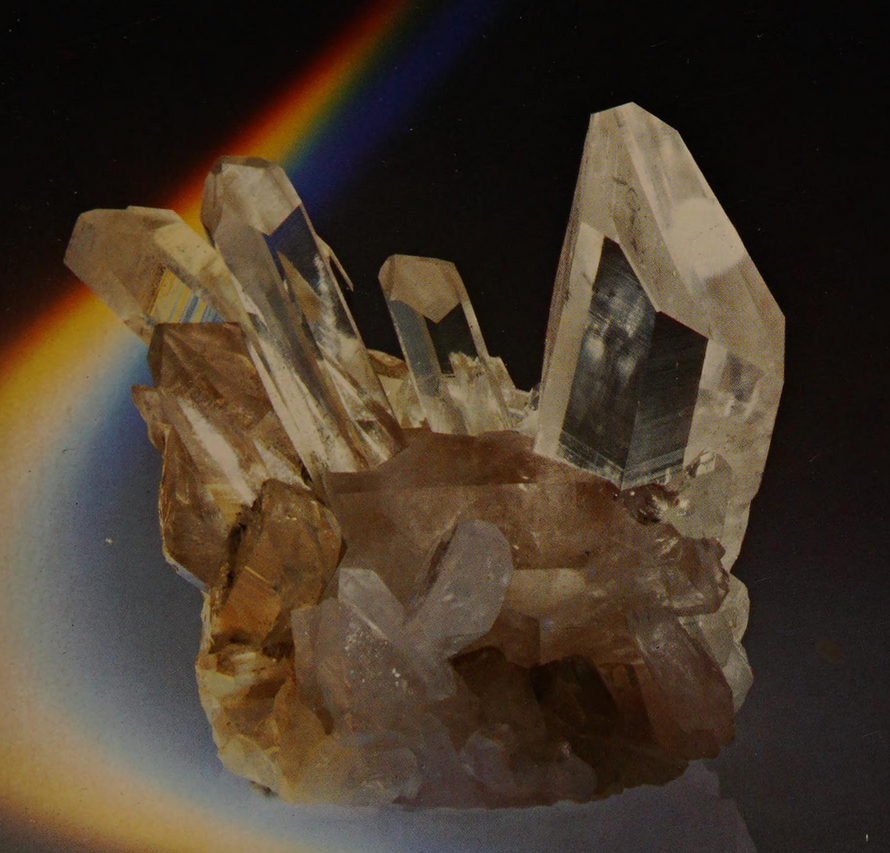
As we have emerged into the modern age, crystals have retained their power to kindle our imaginations and aesthetic appreciations and continue to form an important part of our metaphysical toolkits. While properties of the stones have evolved, the core concepts remain: a connection to the divine. It is the concept that because of this highly ordered structure of the crystal that it then affects whatever is in its radius to highly order itself in that way. Another concept at the core of crystal healing is to balance imbalances. By placing, meditating on or contact with the crystal in need --- its highly perfected structure provides the energy exchange to stabilize --- catalyzing a return to equilibrium and to health.
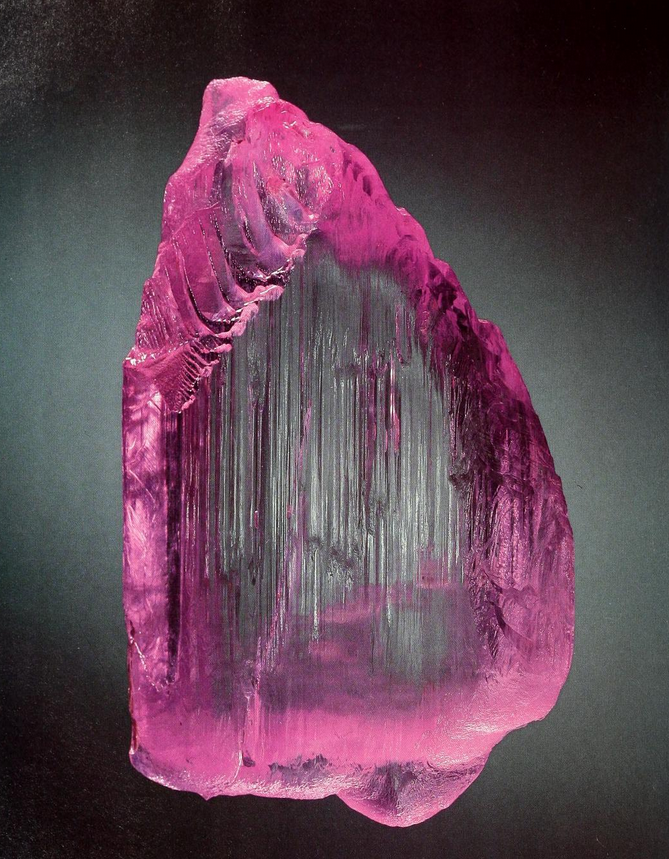
Appreciating the beauty of crystals is inherent in their effectiveness. The simple act of admiring a crystals sends out the love emotion that is the essential core to rebalancing and coming to center.
Crystals are formed in the earth by immense pressure, causing their molecular bits to arrange in a highly ordered microscopic structure and form a crystal lattice that extends in different directions. Colors are added through minerals and elements present in the crystallization mix: titanium lends a blue hue, Iron produces red or purple color, and manganese gives us pink crystals.
Different thinkers ascribe different qualities to various stones but here are a few of the commonly agreed upon properties of the stones.
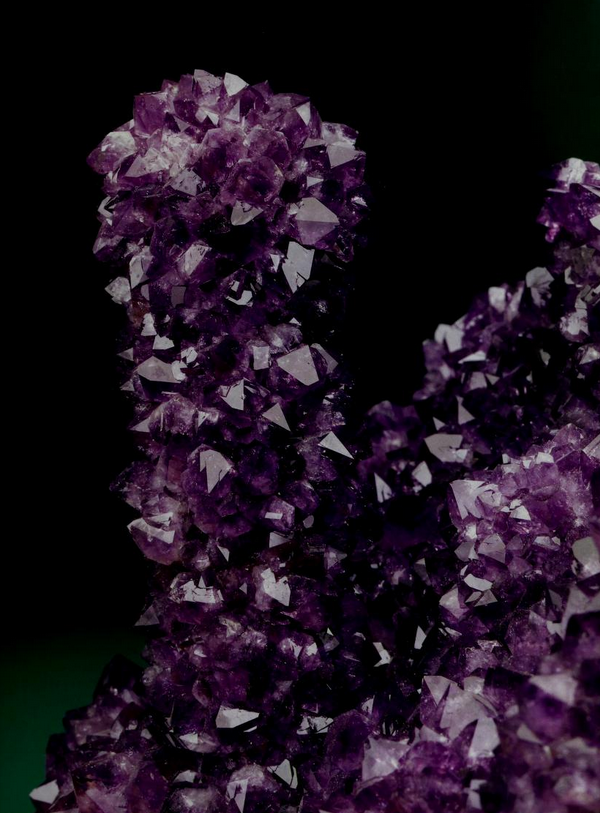
“In the spiritual world, Amethyst provided a connection to the Divine. To the Hebrews, it was Ahlamah, the ninth stone in the breastplate of the High Priest; engraved with the tribe of Dan, as well as the twelfth foundation stone for the New Jerusalem. To the Egyptians, it was Hemag, listed in the Book of the Dead to be carved into heart-shaped amulets for burial. In Eastern cultures, it was listed in descriptions of sacred "gem-cities", "trees of life", and used in temple offerings for worship. It was also often used to align planetary and astrological influences. Additionally, Amethyst was popular in rosaries and prayer beads. It was credited with creating an atmosphere of pious calm, imbuing a sense of mental peace, and quietude.” Source
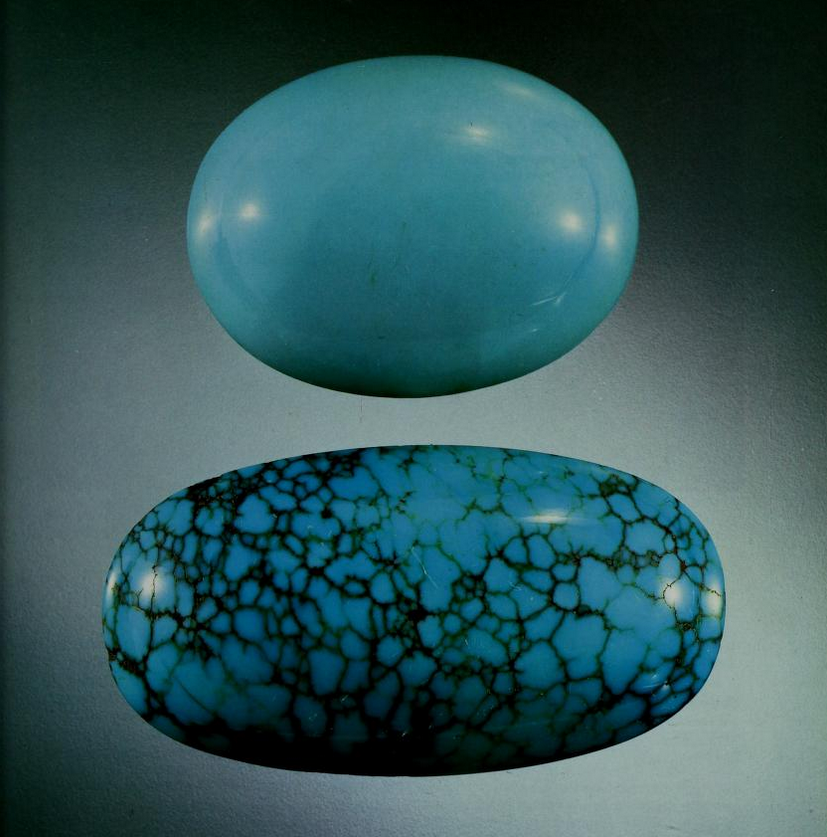
The history and metaphysical properties surrounding turquoise could easily fill an entire book. While held as a sacred stone in cultures all over the world, the etymology of “turquoise” dates to the 13th century from the French expression pierre tourques, referring to “turkish stones” brought to Europe by Turkish traders following the silk road. While its specific usage has varied, turquoise has always represented a connection to the divine, to spirit, and to protection. Many contemporary commentators maintain that it facilitates communication between dimensions. Its modern quality is similar in that as a blue colored stone, it is connected to the 5th chakra of the throat. This is the chakra which governs both communication between realms and spiritual protection.
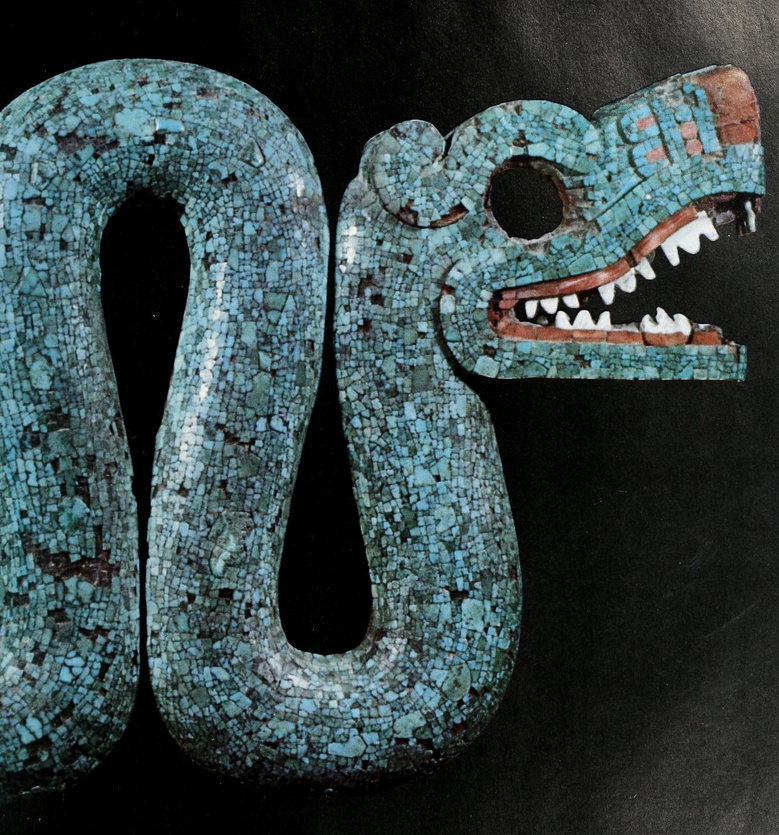
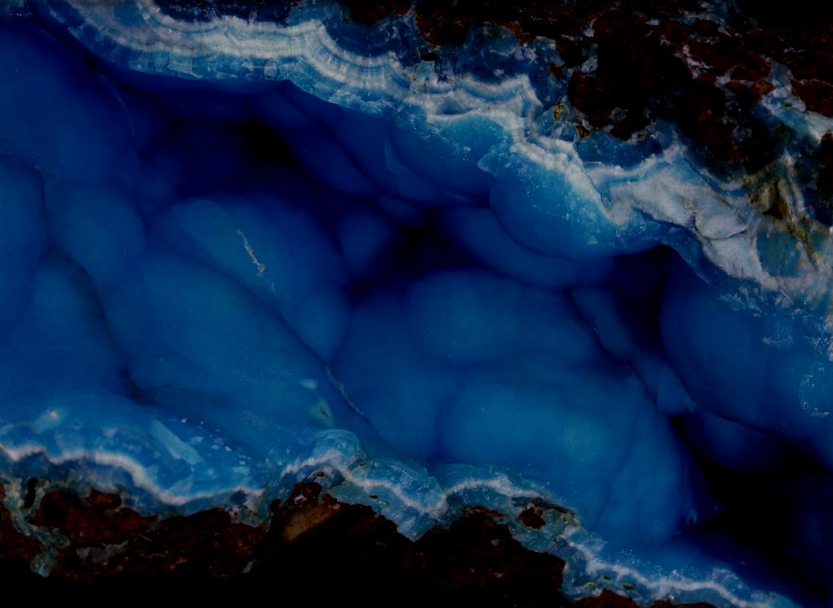
Whether or not crystals contain these metaphysical properties, the power of intention and suggestion have secured their longevity in the pantheon of human exploration of our planet. An affirmation attached to a stone rolling around in your pocket might just have that repetitive reprogramming to change your perspective.

Like every metaphysical practice, crystals aren’t going to do all of the work for you. They can be collaborators in the process of self-understanding and evolution. Even if their main ability is simply to be beautiful to look at and put a smile on your face, well, that feels like a win. We leave it up to you to experience the unique power of crystals for yourself. Book an appointment with a healer today.

Suggested Reading:
Crystal Bible A Definitive Guide to Crystals by Judy Hall
The metaphysical book of gems and crystals by Mégemont, Florence
The Macdonald Encyclopaedia of Precious Stones, By Curzio Cipriani and Alessandro Borelli / New ed. : Ill. : Bib by Cipriani, Curzio
Crystals: what they are and how to grow them by Robinson, Marlene M
Quantum Healing
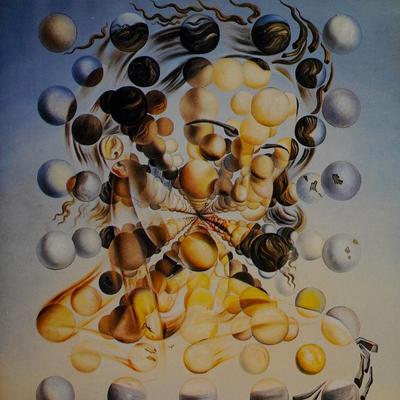
↳
↳
An energy healing modality which seeks to harness the power of quantum interactions to benefit human health.
Color Therapy (Chromotherapy)
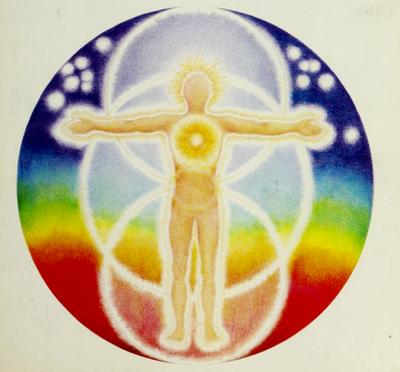
↳
↳
The use of colors to treat physical and mental health by balancing the body's energy centers.
Brennan Healing Science®
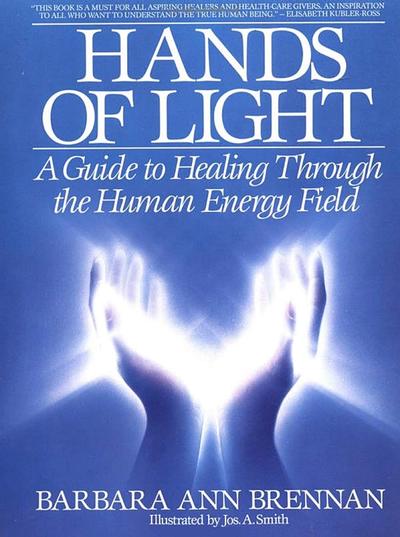
↳
↳
A healing practice which seeks to clear energy blockages and renew energy fields to promote emotional, spiritual and physical well being.
Polarity Therapy
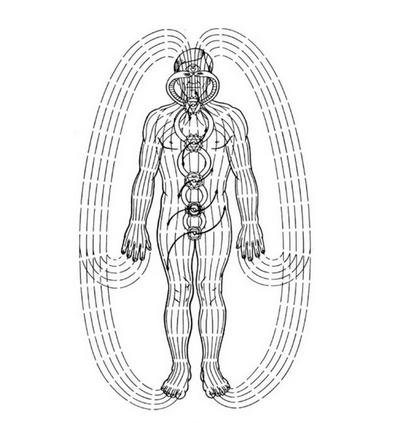
↳
↳
Developed by the chiropractor and osteopath Randolph Stone, Polarity Therapy balances the flow of energy through the body.
ThetaHealing™

↳
↳
A training method for the mind, body and spirit that encourages one to clear limiting beliefs and live life with positive thoughts and action.
Magnet Therapy

↳
↳
Magnets of varying sizes and strengths are placed at various points across the body to stimulate the flow of electromagnetic energy.
The Emotion Code & The Body Code
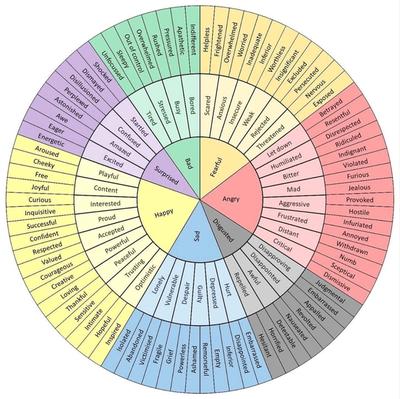
↳
↳
Two interrelated healing approaches which strive to foster complete equilibrium in the emotional and physical bodies.
Space Cleansing
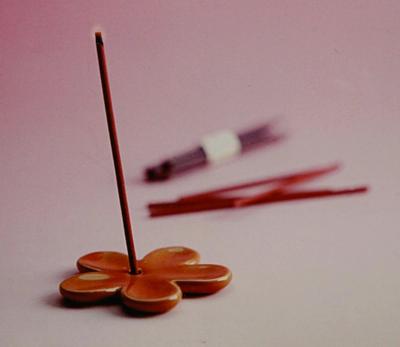
↳
↳
A range of techniques designed to help clear negative energy from spaces.
Core Energetics
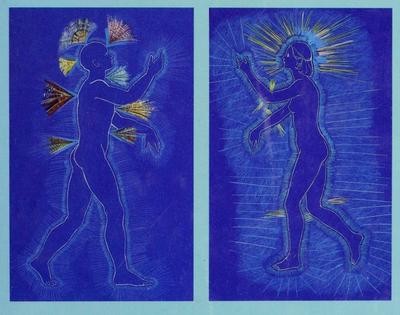
↳
↳
Core energetics is a type of somatic therapy which uses physical movement to promote healing in mind, body, and spirit.
Divination/Insight
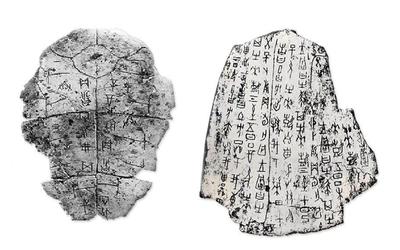
↳
Practices which involve seeking knowledge of the future or the unknown by metaphysical means.
Tarot
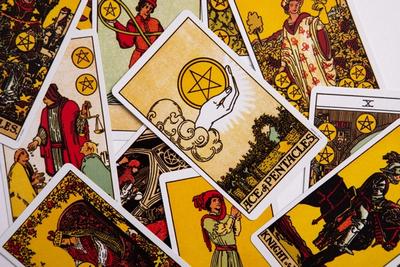
↳
↳
“If any device will provide meaning, why Tarot? The answer is, any system will tell us something, but the quality of that something depends on the values contained in the system. The Tarot contains a philosophy, an outline of how human consciousness evolves, and a vast compendium of human experience. Shuffling the cards brings all these values into play.” Rachael Pollack, 78 Degrees of Wisdom
Tarot card reading is a method of divination practiced with the use of a specialized deck of playing cards called the tarot. Questions can be formulated regarding past, present, or future events or really anything the querent is curious about. Next, a series of cards is drawn from the tarot deck which are then interpreted in light of the question posed.
The cards which form the basis of the modern tarot trace their roots to medieval Europe. At some point during the middle ages, playing cards are thought to have been introduced to Europe from Egypt. They spread rapidly across the continent and many different styles of deck were developed. Since playing cards were painted by hand, they were both uncommon and valuable. With the advent of the printing press, the mass manufacture of cards became possible, and standardized decks began to appear. One of the earliest of these was the Tarot de Marseille, the first direct ancestor of the modern tarot deck.
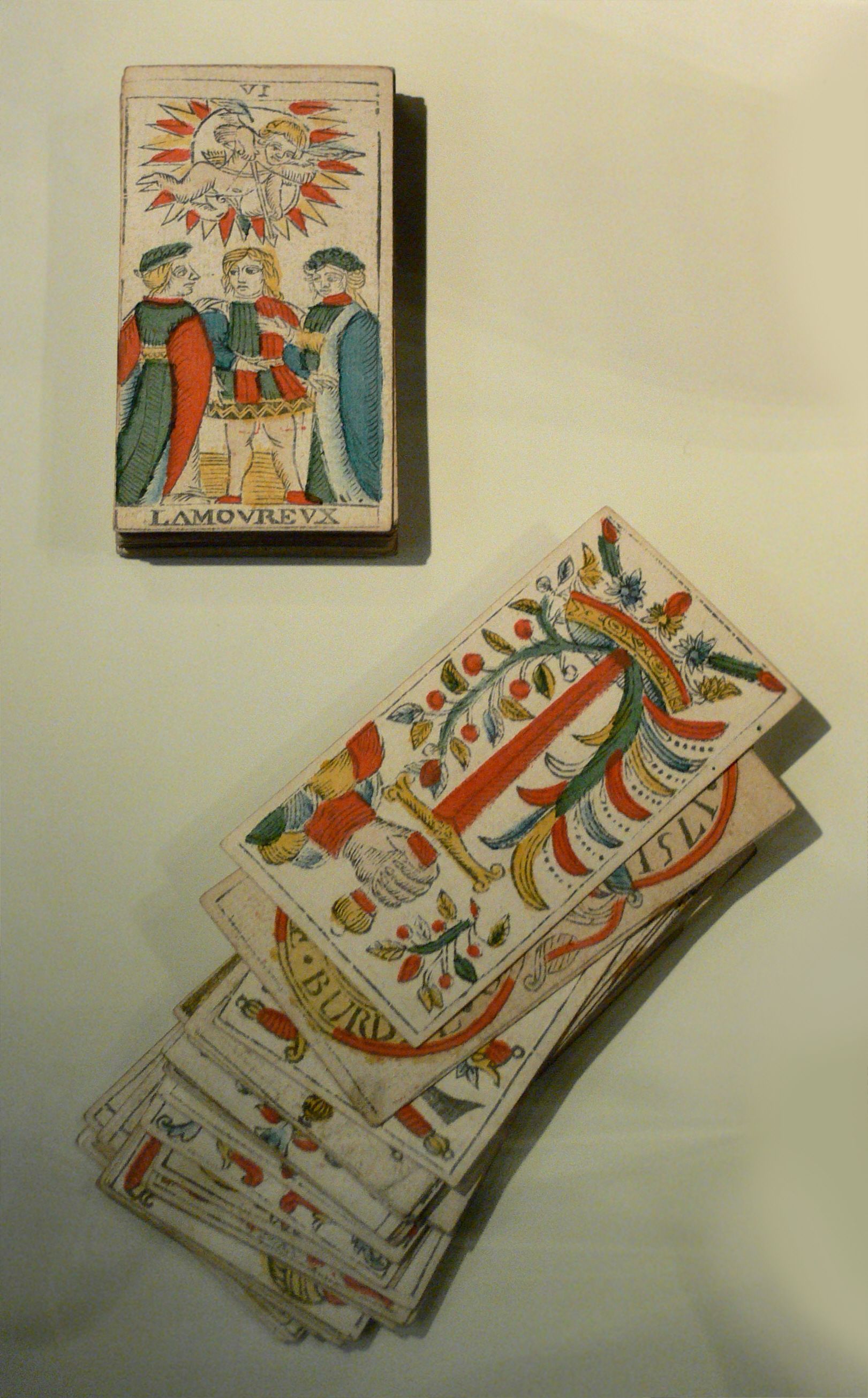
An 18th-century Tarot Deck
The Tarot was originally used for playing card games, and still is in parts of Italy, France, and Austria. Its history as a tool of divination is another story. When playing cards first began to spread across Europe, they were quickly adapted to gambling, and were thus condemned by many members of the clergy as instruments of the devil. Over time they assumed in the public imagination a sort of occult quality and a reputation for mystical power. Some time later, during the course of the 18th century, playing cards began to be used in various forms of divination. This marks the beginning of western cartomancy, a broader category of card-based divination which encompasses tarot card reading.
In the late 18th century, a French clergyman named Antoine Court de Gébelin used a series of spurious readings of Egyptian hieroglyphs (which had not yet been deciphered) to argue that the tarot was of ancient Egyptian origin, was associated with the god Thoth, and that the word tarot itself meant “Royal Road.” A little over a century later, Éliphas Lévi, an important figure in the 19th-century occult revival, wrote a book on the tarot repeating and expanding upon many of these claims. The belief that tarot originated in ancient Egypt persists in some circles to this day.
The tarot deck used in card reading consists of 78 cards divided into two different types: the major arcana and the minor arcana. The major arcana consists of 22 named cards without suits: The Magician, The High Priestess, The Empress, The Emperor, The Hierophant, The Lovers, The Chariot,Strength, The Hermit, Wheel of Fortune, Justice, The Hanged Man, Death, Temperance, The Devil, The Tower, The Star, The Moon, The Sun, Judgement, The World, and The Fool. Each of these cards, excepting the fool, has an associated number (1-21). The remaining 56 cards form the minor arcana, consisting of four suits (swords, wands, pentacles, and cups) containing both numbered cards (1-10) and court cards (king, queen, knight, and page).
A number of versions of the divinatory tarot deck are available, the two best known being the Rider-Waite deck (created 1909) and the Thoth deck (1944). Both of these decks were developed by famous occultists (Arthur Edward Waite & Aleister Crowley, respectively) working in conjunction with trance artists (Pamela Colman Smith & Lady Frieda Harris). Both Waite and Crowley published guides to interpreting the visual symbolism occurring throughout the tarot.

Cards of the Rider-Waite tarot deck.

Cards of the Thoth tarot deck.
A wide range of different techniques can be used to perform divination with the tarot. One of the simplest is the three card technique, in which each card drawn is taken to represent an aspect of the question relating to past, present, and future. Other popular spreads involve anywhere from five to eleven cards or more.
Practitioners of the tarot hold a wide variety of different philosophies regarding the nature of the cards, their proper use, and the means of their efficacy. Some believe the tarot to be divinatory in the purest sense of the word: they tell the future, albeit in vague and uncertain terms. Others see the tarot as a compendium of universal symbols which can be used to gain unique perspective on events and motivations -- a tool of oblique analysis which allows one to approach important life decisions from a novel direction.
“Today, we see the Tarot as a kind of path, a way to personal growth through understanding of ourselves and life. To some the Tarot’s origin remains a vital question; for others it only matters that the meanings have accrued to the cards over the years.” Rachael Pollack, 78 Degrees of Wisdom
Suggested reading
Numerology
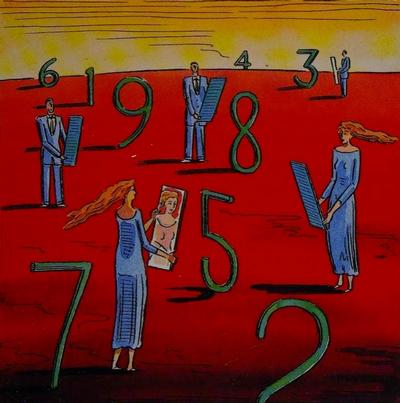
↳
↳
Numbers have been around for tens of thousands in years in varying forms. 40,000 year-old specimens of bone have been found bearing tallies keeping records of days, lunar cycles and quantities of animals. Sometime around 4,000 BC, the number record keeping system moved to clay as referenced by tablets found in Sumeria (southern Mesopotamia).
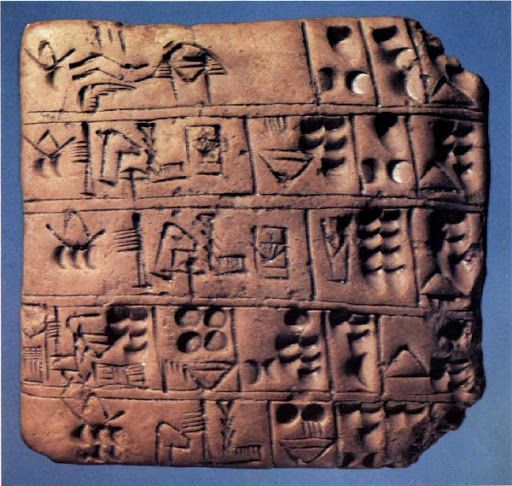
Said to be the father of Numerology in the Western world, Pythagoras and other philosophers of the time believed that mathematical concepts were more "practical" than branches of philosophy because they contained a universal power. He most likely integrated this knowledge from his experience in Egypt learning from the mystery schools. Greek numerals, also known as Ionic, Ionian, Milesian, or Alexandrian numerals, are a system of writing numbers using the letters of the Greek alphabet.

"Numbers are the Universal language offered by the deity to humans as confirmation of the truth." - St. Augustine of Hippo (AD 354–430)
Like many occult and magical traditions the Christian church attempted to suppress numerology. However, despite the church's resistance, numerology is very present in the Bible and religious architecture. For example, the numbers 3 and 7 hold strong spiritual meaning in the Bible. The most obvious example would be the creation of the world in 7 days. It’s also fascinating to view Jesus as the Sun (son) and his 12 disciples as the 12 zodiac signs that encircle the Sun.
Here’s a quick overview of the esoteric numerical meanings in the Pythagorean system.
0 — Source, pure potential without form
1 — The first spark of creation, new beginnings
2 — A balance of two forces, duality
3 — Fertility, the trifecta of when two becomes three
4 — Stability, like the four foundation pillars of a home
5 — Change, disruption, a pivot point on the journey
6 — A return to harmony, in a family and social vibration
7 — Reflection, standing at a threshold
8 — Movement and drive to complete the cycle
9 — End of the single digits, a completion, attainment by moving through the other numbers
10 — Full completion of the cycle, poised for a new cycle to begin
Numerology holds that the numbers 1-9 hold value and direction for your life path. Information can be extracted from your full Birth date.

Information is extracted from adding up the numbers of your birthday (as well as your name) and reducing them to their essence (with the exception of Master Numbers like 11, 22, 33 or an Angel number). For example, if you were Martin Luther King Jr., born on January 15, 1929, you would add up the numbers as (1) + (1+5) + (1+9+2+9) = 28. Which then becomes 2+8 = 10 and 1+0 = 1. Which makes total sense as life path 1s are born leaders destined to create change if they embrace their destiny.
A side note, 9 has an intriguing property that when adding up the numbers you can omit it and will still get the same core number at the end. Try it! i.e. (1) + (1+5) + (1+9+2+9) = 28 to 2+8 = 10 to 1+0 = 1, can also be added up as: (1) + (1+5) + (1+2) = 10 to 1+0 = 1.
You can also investigate the day you were born as well as your name. There are a few systems of unraveling your name numerology including Pythagorean, Chaladen (or Babylonian) and Abjad. China and India have their own systems as well as you find extreme number significance in the Kabbalah and its alphabet.
Each number has its weakness and polarity as well like 1s can be innovative and independent they can also tend to be forceful and make risky decisions if not mindful.
These numbers also correspond to the numbers of the tarot (more on that coming soon).
Numerology may provide you perspective if you’re looking for direction. Obviously this isn’t meant to dictate a direction that you must take but it is an insight into the inner workings of the universe and our place in it. It must also be viewed in tandem with your upbringing and other factors but its insight is often surprisingly spot on. Consider booking an appointment with a numerology expert today.
Runes
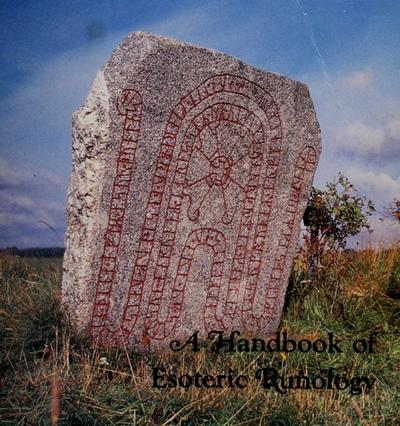
↳
↳
A system which uses ancient Scandinavian glyphs to interpret questions. Symbols can also be drawn on talismans for magical purposes.
I Ching

↳
↳
Ancient Chinese system of divination according to hexagrams.
Human Design

↳
↳
A complex system that combines astrology, I Ching, Kabbalah and the Chakras to offer insight into one’s past, present and future.
Oracle Cards
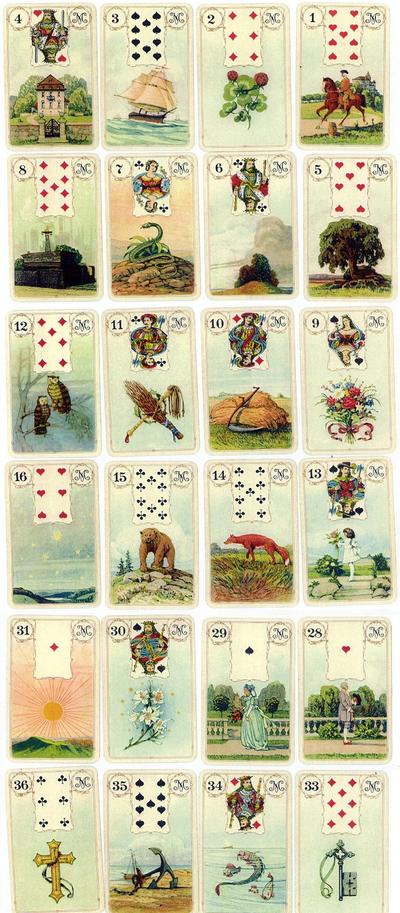
↳
↳
Systems of divination and insight based upon decks of cards.
Dowsing / Radiesthesia / Pendulum
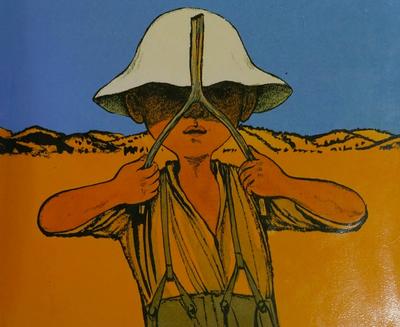
↳
↳
Sensing subtle energies through a device such as a pendulum or a dowsing rod.
Gene Keys

↳
↳
Emerging from an enlightened state Richard Rudd was entrusted with a complex system of insight known as the Gene Keys.
Astrology
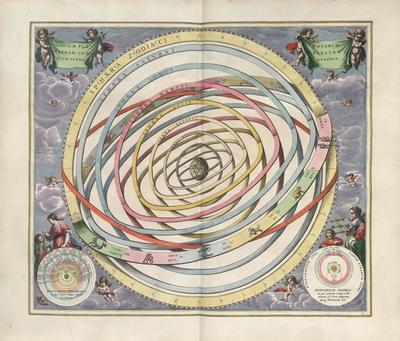
↳
Astrological traditions occur in almost every culture around the world. They all share in common a belief that the terrestrial and celestial worlds are causally linked, and that concepts like human personality and motive, as well as past, current, and future events, can be understood by interpreting the position and relationship of celestial bodies.
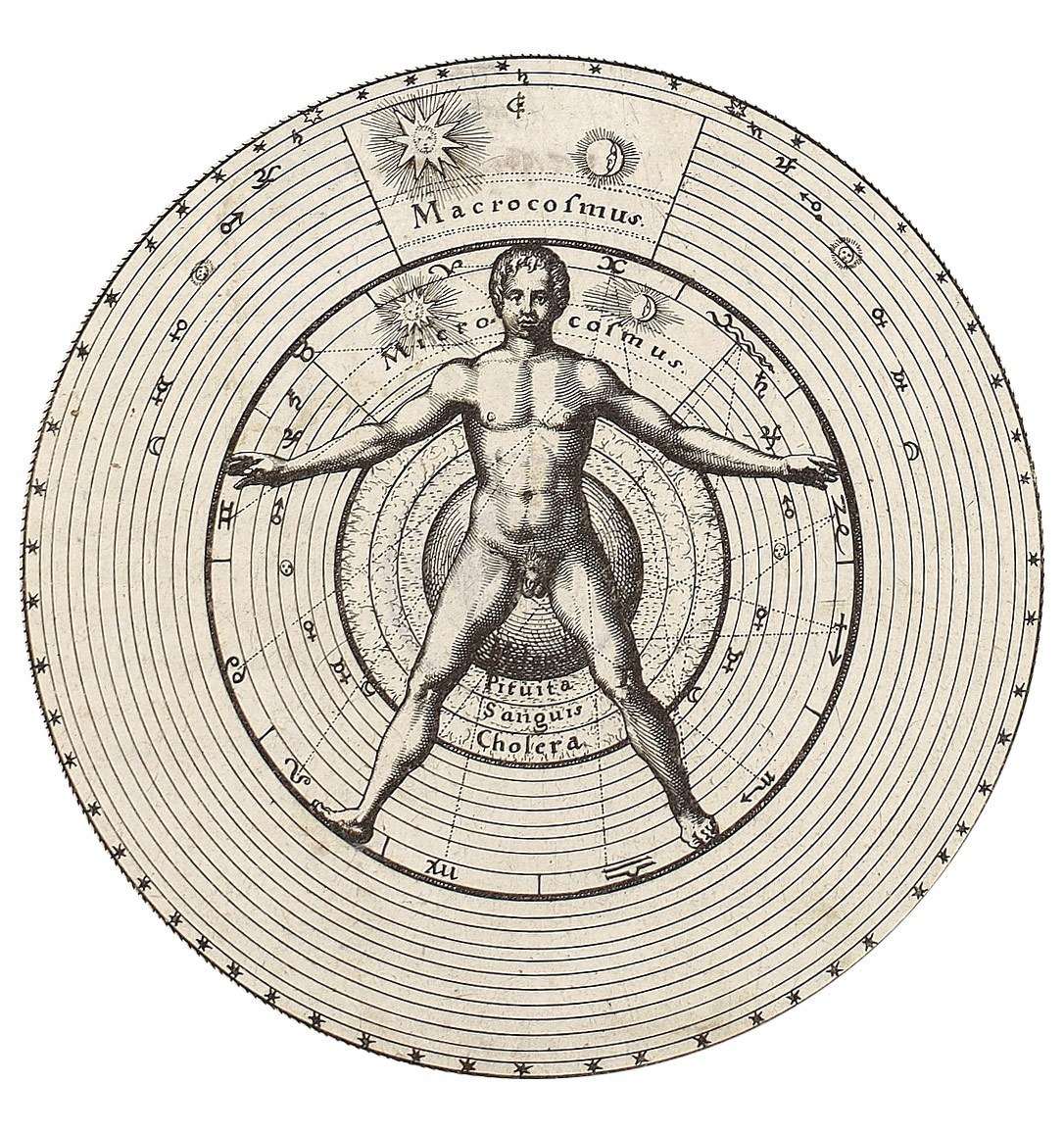
Robert Fludd, engraving depicting man as microcosm within celestial macrocosm.
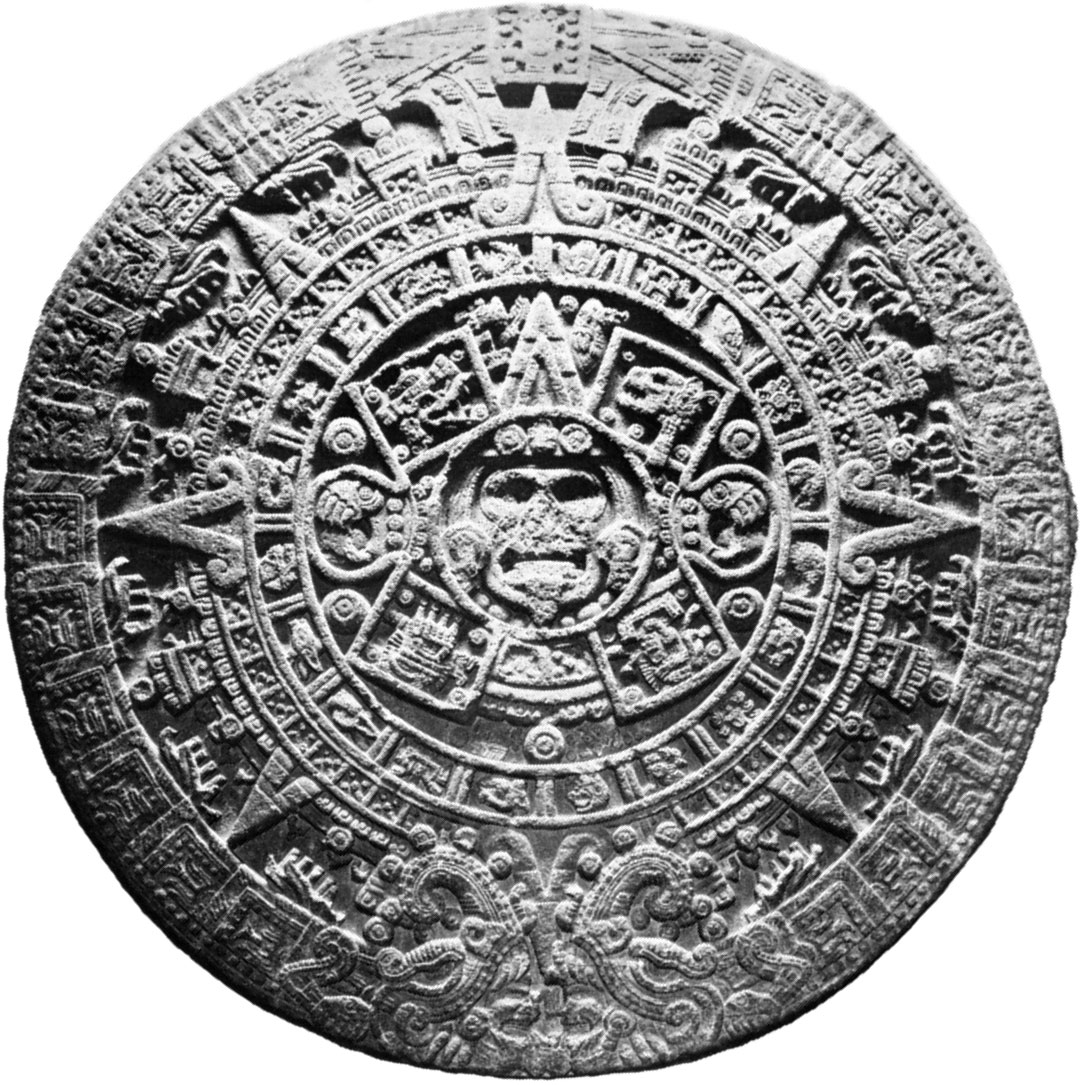
The Tzolkʼin, the Mayan calendar

Bas-relief depicting the twelve signs of the Chinese zodiac

Assyian Star Planisphere, c. 7th century BC
Many ancient civilizations — including the Maya, the Chinese, and the Hindus — independently developed their own systems of astrology. Western astrology, the most common form practiced today, traces its roots to a system developed in ancient Mesopotamia nearly 4000 years ago. This form of astrology spread across the ancient Near East and eventually to Greece and the Meditteranean. It was regarded in medieval Europe as a serious branch of science equal in importance to (and often practiced alongside) medicine and alchemy. Astrology continued to be highly regarded throughout the Renaissance and Baroque periods. The enlightenment marked the beginning of the decline of Astrology as an accepted scientific discipline.
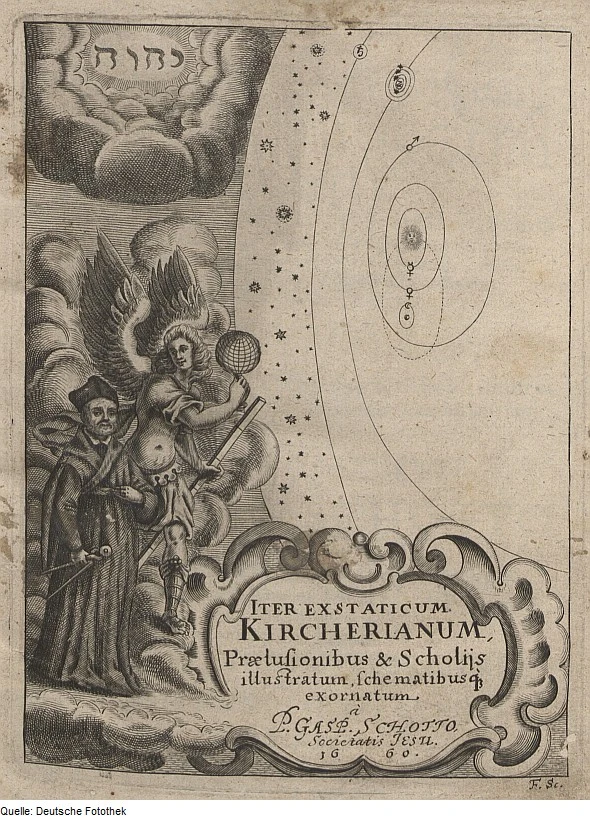
An engraving from Athanasius Kircher's 1656 work on astrology "Itinerarium exstaticum," depicting the angel Cosmiel leading the author on his eponymous "ecstatic journey" through the cosmos.
“Among the poets whose verses defend the ancient art are such venerable names as Homer, Hesiod, Aratus, Aeschylus, Maniius, Horace, Virgil, Propertius, Macrobius, Junvenal, Chaucer, Dante, Milton, Dryden, Campbell, Byron, Scott (Sir Walter), Goethe, Schiller and Shakespeare. In an article on astrology in the writings of Shakespeare, John Cook thus summarizes the results of an extensive research, ‘The numerous allusions to the practice of astrology, the striking metaphors , and apt illustrations scattered throughout the plays of Shakespeare, at once attest his intimate acquaintance with the general principle of the science, and the popularity of astrological faith… He has left us sufficient evidence to show that he was largely influenced by a subject which has left indelible marks in the language and literature of England.’” Manly P. Hall, The Story of Astrology.
Today, the mainstream scientific community regards astrology as pseudoscience. The practice of astrology, however, never entirely disappeared. The occult revival of the late 19th-century saw astrology return to a place of preeminence among esotericists. Over the course of the 20th-century the practice has gradually reentered the cultural mainstream — most Americans, for instance, are familiar at least with their sun sign (the house of the zodiac in which the sun was positioned at the moment of their birth).
The sun sign, however, represents only a small fraction of the information usually examined by astrologers. Of equal importance are the remaining six classical planets: the moon, mercury, venus, mars, jupiter and saturn. Some astrologers also consider the influence of uranus, neptune, pluto, and other celestial bodies unknown to ancient astrologers.

The seven classical planets are all visible to the naked eye. As such, they formed the basis of ancient astrological systems.
Astrological calculations are based upon the movement of these planets throughout the twelve houses of the zodiac (aries, taurus, gemini, cancer, leo, virgo, libra, scorpio, sagittarius, capricorn, aquarius, pisces). Additional information comes from analyzing the aspects of the planets, which are determined by calculating the geometric angles between different celestial bodies at set times.
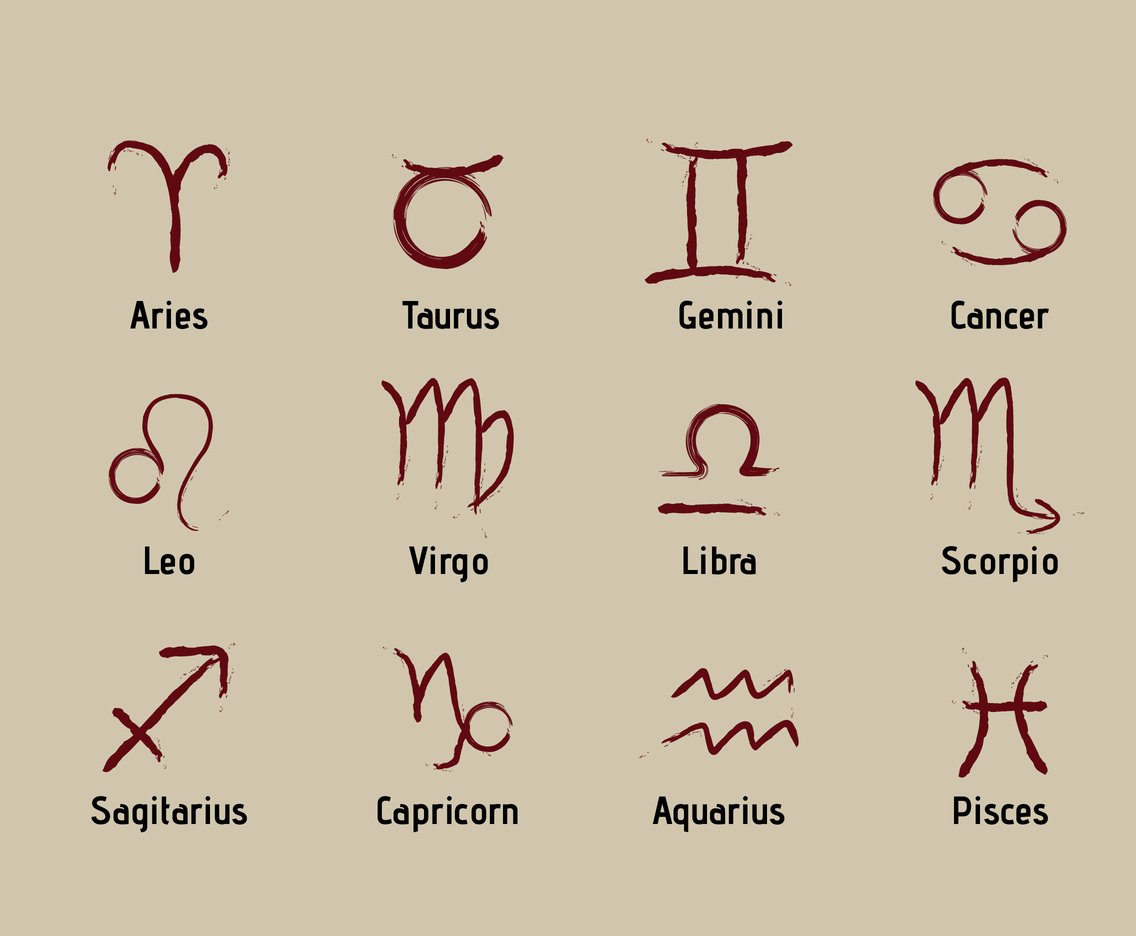
The twelve houses of the zodiac.
For those new to the world of astrology, a first session with an astrologer often involves constructing a birth chart. A birth chart determines the position of the planets throughout the zodiac at the moment of an individual's birth. A trained astrologer can interpret this information and help their clients understand the ways in which the unique composition of the stars and planets at the time of their birth has influenced their personality, life choices, and fundamental qualities as a person.
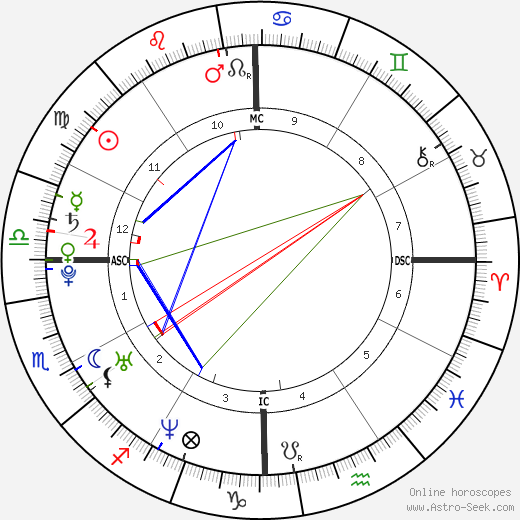
Birth chart of Beyoncé Knowes, showing the position of the planets throughout the zodiac at the time of her birth, as well as the aspects between them.
Most astrologers are constantly tracking the movement of the planets through the heavens. This allows them to provide advice to their clients regarding favorable times for specific undertakings in areas like romance and career development. Many astrologers provide a range of more advanced services, such as Synastry Charts (a relationship chart), Horary Charts (for when you have a specific question), Solar and Lunar Return Charts (prediction of what is going to happen within the next year from your birthday), Transits Charts (how the current & future positions of the planets affect your natal chart) and more.
“Like the fabled phoenix of old, astrology has risen again and again victorious from its own ashes. Vilified and traduced by the sophists of every age, but vindicated and evidenced by Nature herself, astrology still gathers lustre from its own stars, and now in the [twenty-first] century it may truthfully be said that whole civilized world is astrology conscious.” Manly P. Hall, The Story of Astrology.
Karmic Astrology
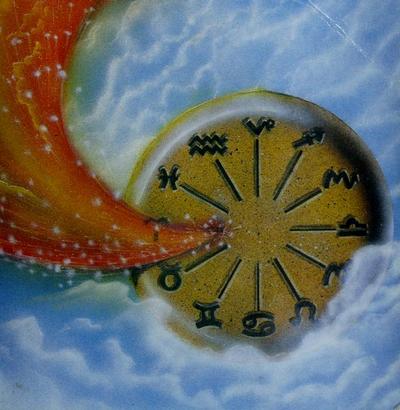
↳
↳
A system of astrology which considers the influence of past lives on the charts of living persons.
Evolutionary Astrology
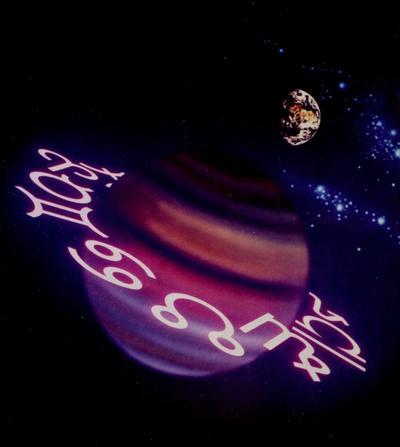
↳
↳
Evolutionary Astrology employs paradigms and methodologies to measure the growth of soul and guide us from incarnation to incarnation.
Hindu Astrology/Indian Astrology

↳
↳
A system of astrology which relies upon ancient Indian interpretations of the nature of celestial bodies and their effects.
Tibetan Astrology
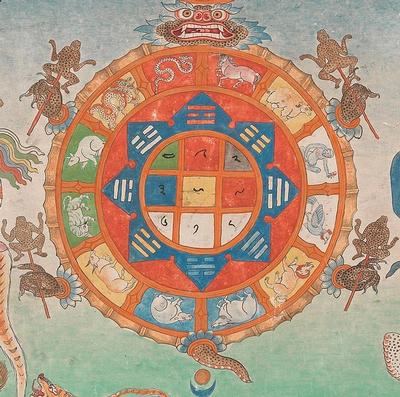
↳
↳
A system of astrology which relies upon ancient Tibetan interpretations of the nature of celestial bodies and their effects.
Healing Astrology

↳
↳
Coming soon...
Astrology Education

↳
↳
The teaching of Astrology.
Astrocartography

↳
↳
Astrocartography (called "astrogeography" in Europe) is one of several methods of locational astrology, which identifies varying life conditions by location.
Horary Astrology
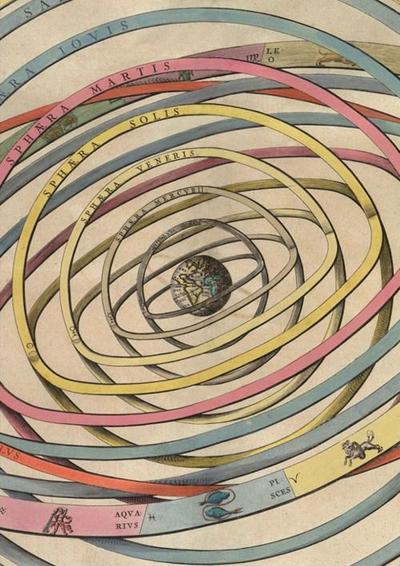
↳
↳
Horary astrology is an ancient branch of horoscopic astrology in which an astrologer attempts to answer a question by constructing a horoscope for the exact time at which the question was conceived. The answer to the horary question might be a simple yes or no, but is generally more complex with insights into, for example, the motives of the questioners, the motives of others involved in the matter, and the options available to them.
Intuitives
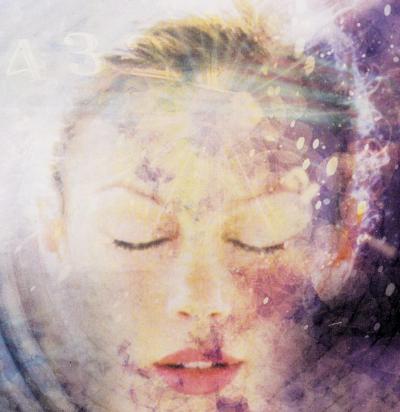
↳
Extrasensory perception to identify information hidden from the normal senses.
Psychics
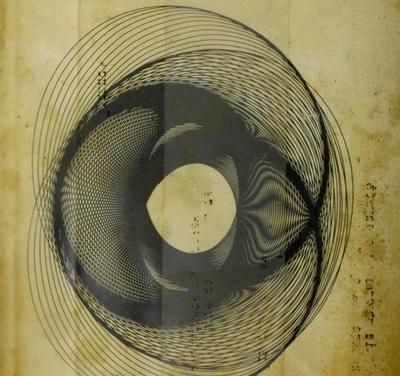
↳
↳
The use of extrasensory perception to identify information beyond the normal reach of the senses.
Mediums
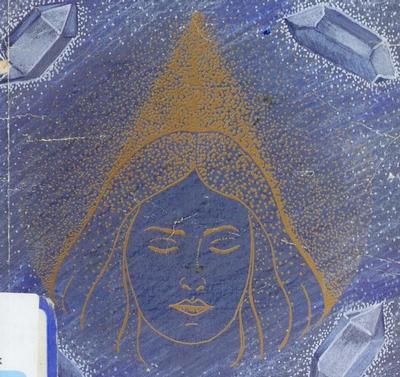
↳
↳
Channels of information between the living and the deceased.
Akashic
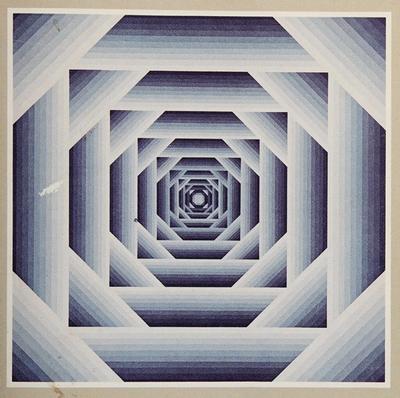
↳
↳
Accessing and healing the Akashic Records, the compendium of all human events, thoughts, words, emotions, past, present, and future.
Animal Mediums

↳
↳
Intuitive readers that facilitate communication between humans and animals.
Angel Channeling

↳
↳
Channeled divine angelic information from higher planes.
Channeled Readings
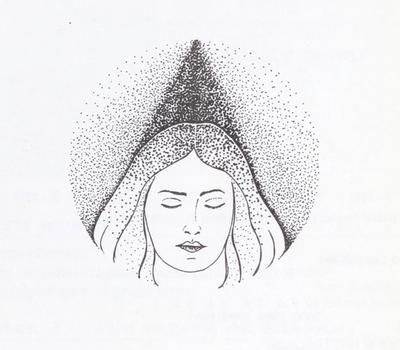
↳
↳
Channels of information between our reality and other dimensions.
Akashic Art

↳
↳
The practice of reading your Akashic Records and creating an original visual interpretation.
Medical Intuitive
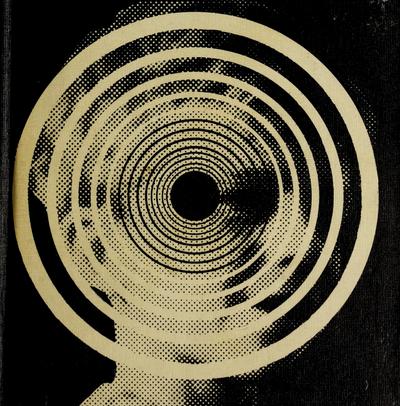
↳
↳
A healer who uses clairvoyant ability to sense the source of emotional and physical ailments.
Acts of Kindness
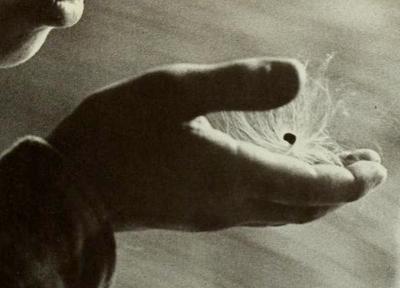
↳
Heart-centered actions with the intention of creating meaningful connection.
Cloud Watching

↳
↳
Cloud watching is the ancient human practice of gazing serenely at the clouds in the sky. Much older and more interesting than television!
Love Poems
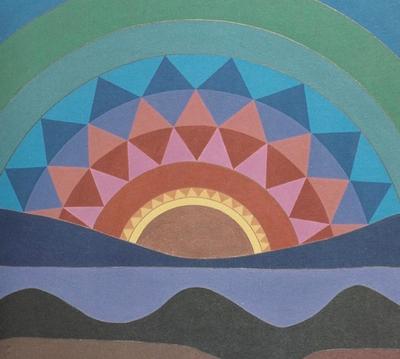
↳
↳
A range of practices in which artists help their patrons express love through poetry.
Forest Bathing (Shinrin-yoku)

↳
↳
The practice of being present in a green space, mindfully taking in the sights, sounds, feelings (and sometimes tastes) and allowing the central nervous system to come into balance.
Coaching
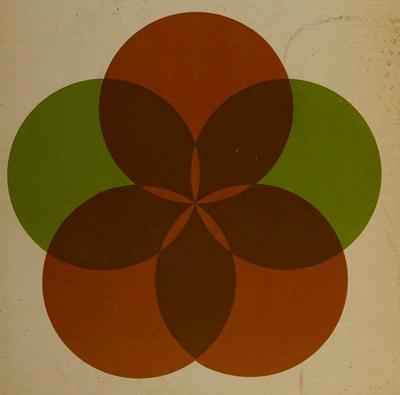
↳
Support from an experienced guide designed to help achieve specific goals by providing insight, training and holding space.
Manifestation

↳
↳
Manifestation (or “the Law of Attraction”) is the art of thinking and feeling about a desire and getting it. There are multiple schools of thought as to how to achieve this and what aspects to focus on, but the overall thread that runs through the practices is you get what you think about. Not always in an immediate sense, like a wish from a genie, but in the long term sustained focus on a desired object or outcome can help put you in the best possible position to realize your goals. The belief is based on the idea that people and their thoughts are magnets and that a process of like energy attracts like.
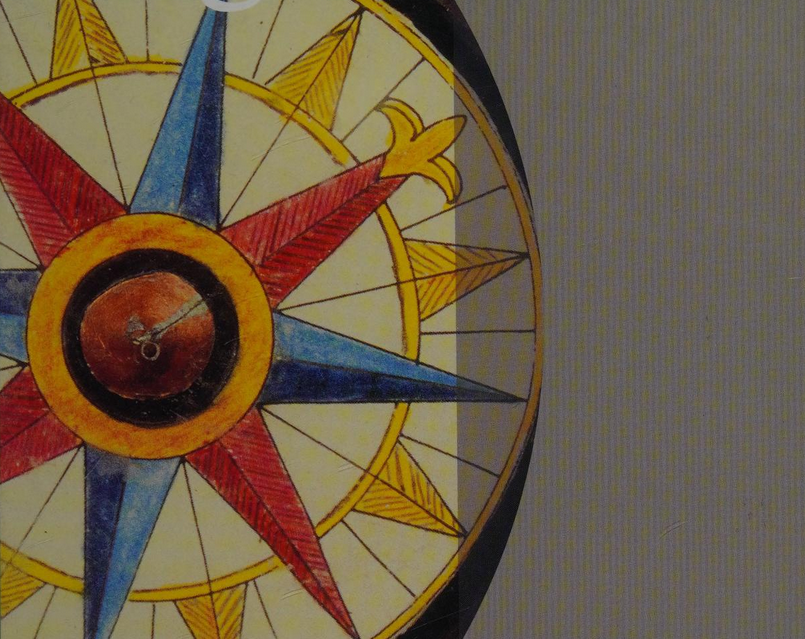
Manifestation can be largely divided into two major schools of thought. The first represents a branch of magic of attempting control over matter, while the other sees man as a container through which the superconscious manifests. One prescribes techniques to regulate metaphysical forces, while the others practice instructs one to flow with metaphysical forces through nonresistance and intuition.
Advocates of manifestation often combine cognitive reprogramming techniques with affirmations and creative visualization to replace limiting or self-destructive ("negative") thoughts with more empowered, adaptive ("positive") thoughts. A key component of the philosophy is the idea that in order to effectively change one's negative thinking patterns, one must also "feel" (through creative visualization) that the desired changes have already occurred. This combination of positive thought and positive emotion is believed to allow one to attract positive experiences and opportunities by achieving resonance with the proposed energetic law.
While today manifestation is largely related in modern terminology, the practice goes back in various forms to antiquity. When Eqyptian Pharaoh came into the world the priests wrote out their entire life’s story in hieroglyphs. The Bible is full of manifestation quotes:
“Whatsoever a man soweth that shall he also reap” (Galatians 6:7)
“Ask, and it shall be given you, seek, and ye shall find, knock, and it shall be opened unto you. (Matthew 7:7)
“Keep thy heart (or imagination) with all diligence, for out of it are the issues of life” (Proverb 4:23)

Fast forward to our modern age, in 1937, Think and Grow Rich was written by Napoleon Hill and promoted as a personal development and self-improvement book. It relates the basic precepts of modern manifestation in a number of aphoristic quotes: "You are the master of your destiny. You can influence, direct and control your own environment. You can make your life what you want it to be. Whatever your mind can conceive and believe, it can achieve."
The 20th century saw a surge in interest in the subject with many books being written about it, amongst which are two of the best-selling books of all time; The Power of Positive Thinking (1952) by Norman Vincent Peale, and You Can Heal Your Life (1984) by Louise Hay.
Another major player came through a channeler named Esther Hicks, in the form of an entity known as Abraham. The Hicks' books, including the series The Law of Attraction, (which took its title from the early works of Helena Blavatsky).
“There is no desire that anyone holds for any other reason than that they believe they will feel better in the achievement of it. Whether it is a material object, a physical state of being, a relationship, a condition, or a circumstance – at the heart of every desire is the desire to feel good. And so, the standard of success in life is not the things or the money – the standard of success is absolutely the amount of joy you feel.” – Esther Hicks
Another well known text is the 2006 national bestseller (and later film) The Secret, which was hugely popular with the public but generated criticism from many corners of the manifestation community.
With the onset of neurological research, the rise of the scientific-based manifestation coaches began. Giving people techniques to reprogram their self conscious and deep dive into their ‘shadow’ to increase manifestation.
Recently the movement has come under attack for creating false ideas of toxic positivity as a way to achieve material satisfaction. Early proponents of the law of attraction might say that we have removed ourselves from manifesting from Spirit to a more ego-based application of the process. Maybe it’s about instead of asking Spirit for material ego satisfaction it’s allowing spirit to manifest through us.

While the dressings evolve to fit the demands of modern culture, the core of technique remains: we have the ability to tap into a higher state of consciousness and bring our desires into reality. Different systems bring different techniques and insights to the table and to get a solid understanding we recommend reading the source material for yourself and working with a manifestation coach.
Spiritual Life Coaching

↳
↳
Guidance for those just beginning the spiritual path and for those looking for support along the way.
Equine-assisted therapy

↳
↳
A therapeutic approach which seeks to help clients achieve positive mental and emotional outcomes through contact with horses — a species known for its intelligence and depth.
Process Work

↳
↳
A school of transpersonal/post-Jungian psychology which extends the techniques of dream analysis to the experiences of the physical body.
Deep Listening Coaching
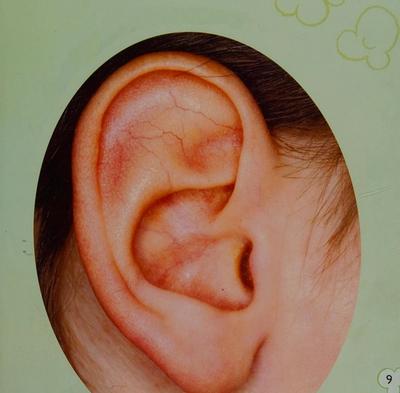
↳
↳
A coaching technique which focuses on a deeply empathic form of listening to help clients identify and achieve their highest potential.
Somatic Heartfulness

↳
↳
Somatic Heartfulness is a set of techniques drawn from therapeutic and spiritual traditions which help people look beyond culturally-imprinted patterns and get in touch with the true nature of their beings.
Grief Work
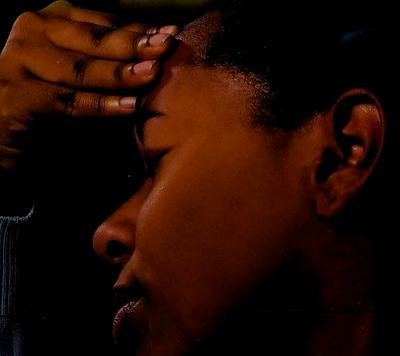
↳
↳
Practices that seek to understand, process and work with grief.
Ancestry
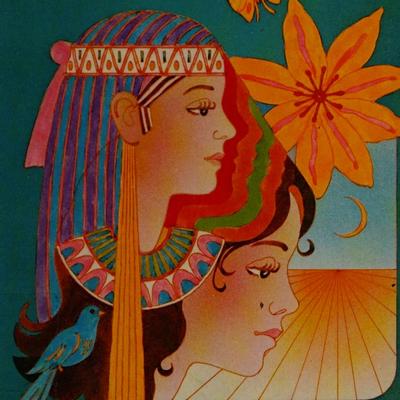
↳
Coming soon...
Birth & Ancestry Healing

↳
↳
Coming soon...
Past Lives

↳
↳
Techniques designed to grant access to past lives in an attempt to understand present challenges and motivations.
Altar Building

↳
↳
The practice of constructing altars for various purposes — for instance, to achieve a desired outcome, connect with one's ancestors, or simply to set aside a space for the sacred.
Magic

↳
The term "magic" describes a huge range of practices with diverse and sometimes contradictory understandings of the term itself. Broadly speaking, magic typically refers to a process in which supernatural forces (or poorly understood natural ones) are used to influence the world around us.
Earth-Based Magick

↳
↳
A form of magic which draws its power and energy from the earth.
Spellwork

↳
↳
Any magical practice primarily concerned with creating and casting spells.
Curse Breaking

↳
↳
A range of practices primarily concerned with identifying and removing curses, hexes, and unwanted charms.
Wicca / Witchcraft / Magick

↳
↳
A diverse range of practices which use ritualized action to influence the world around us.
Thelema
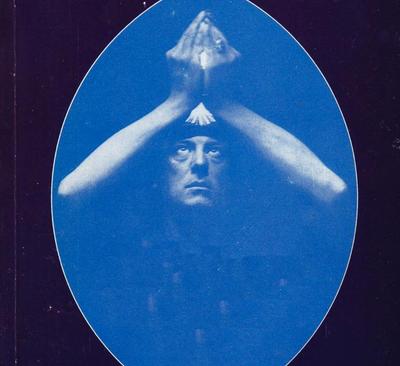
↳
↳
A spiritual system and set of magical techniques based upon the writings and teachings of the infamous English occultist Aleister Crowley.
Druidic Magic

↳
↳
A system of magic based upon imaginative reconstructions of the spirituality of the ancient Druids, the pagan priests of pre-Christian northern Europe. Druidic magic is nature-centered. It is often practiced outside in wild places and draws upon the living power of the natural world to achieve its aims.
Santeria
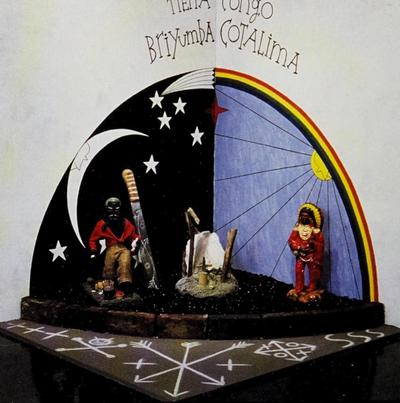
↳
↳
A highly syncretic spiritual tradition which emerged from Cuba in the late 19th-century.
Syncretic

↳
↳
Any set of practices or techniques which draws upon multiple different traditions simultaneously.
Goetia / Theurgy
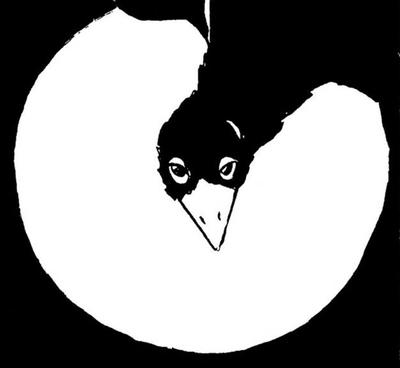
↳
↳
Goetia and theurgy are forms of magical practice which focus on summoning spirits or entities, usually to enlist their aid towards the objectives of the magician.
Sigil Magic
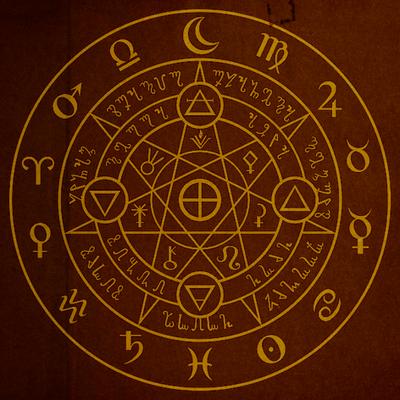
↳
↳
A style of magic which operates through the creation and use of magical symbols.
Kabbalah

↳
↳
A system of magic which evolved from mystical sects of Judaism.
Alchemy

↳
↳
Alchemy refers to a range of ancient sciences practiced across the world which combine inquiry into the physical world with spiritual pursuit.